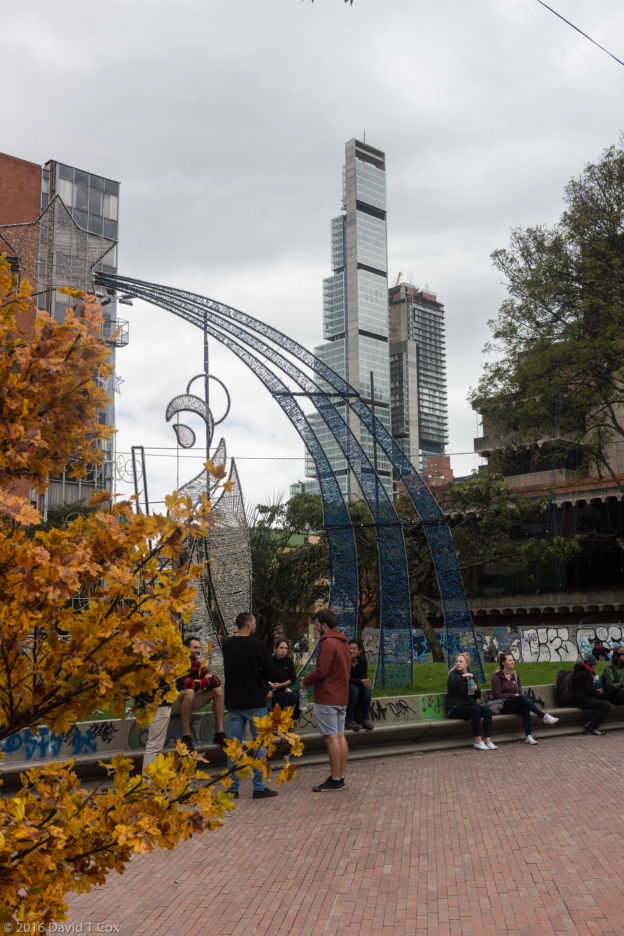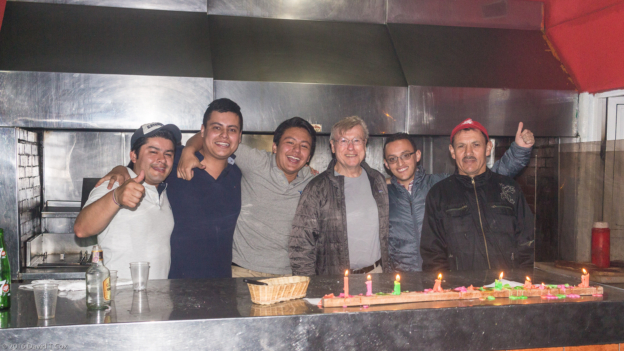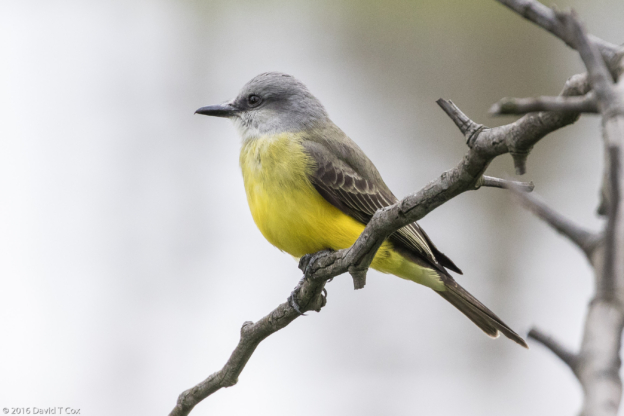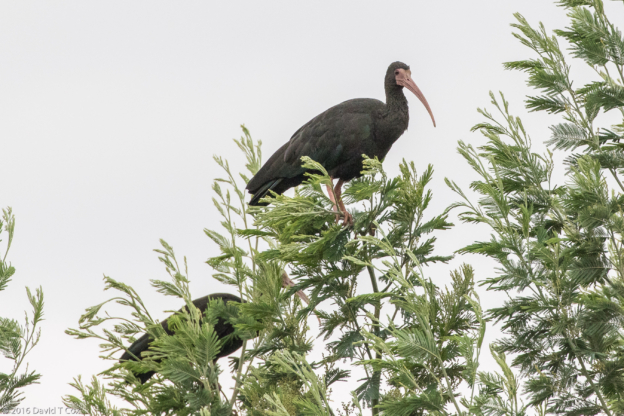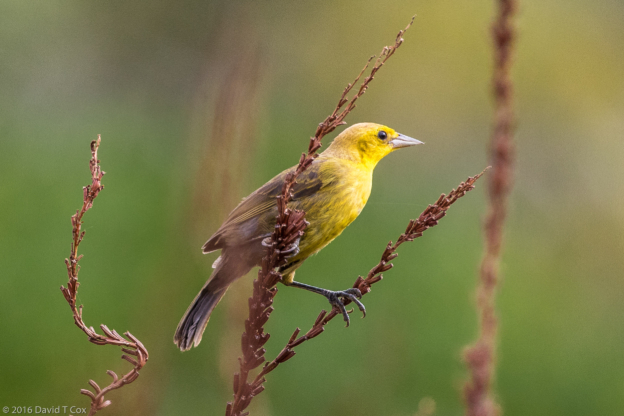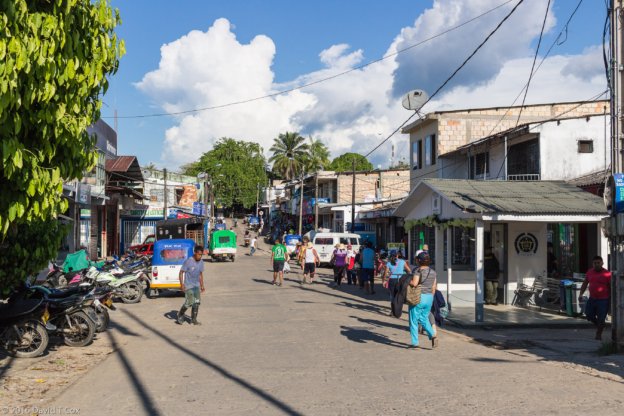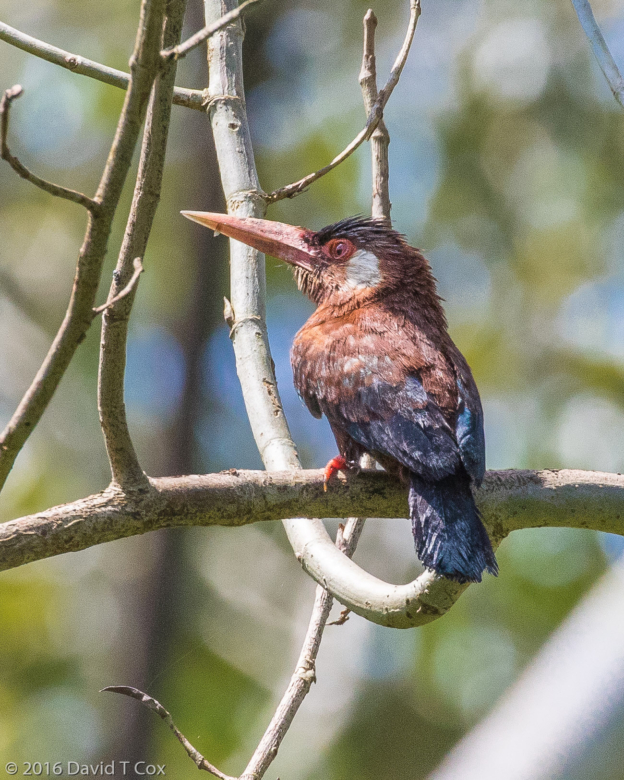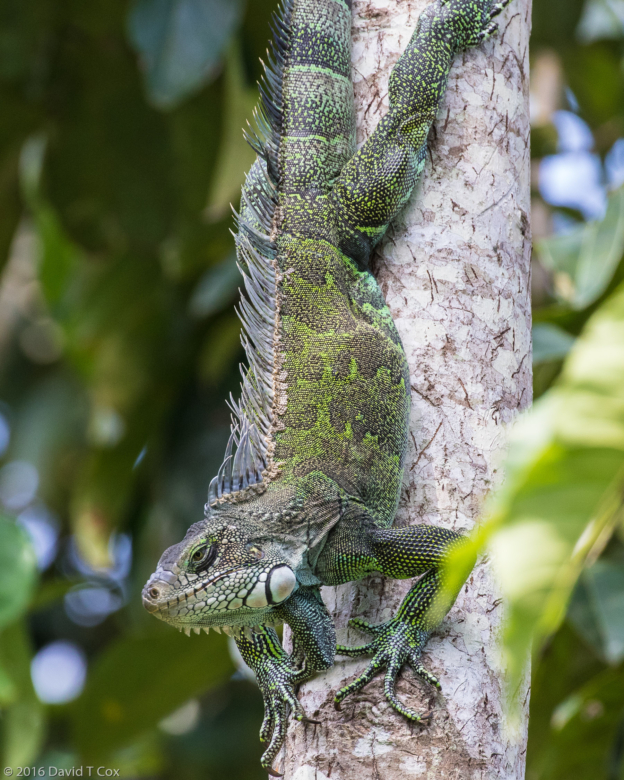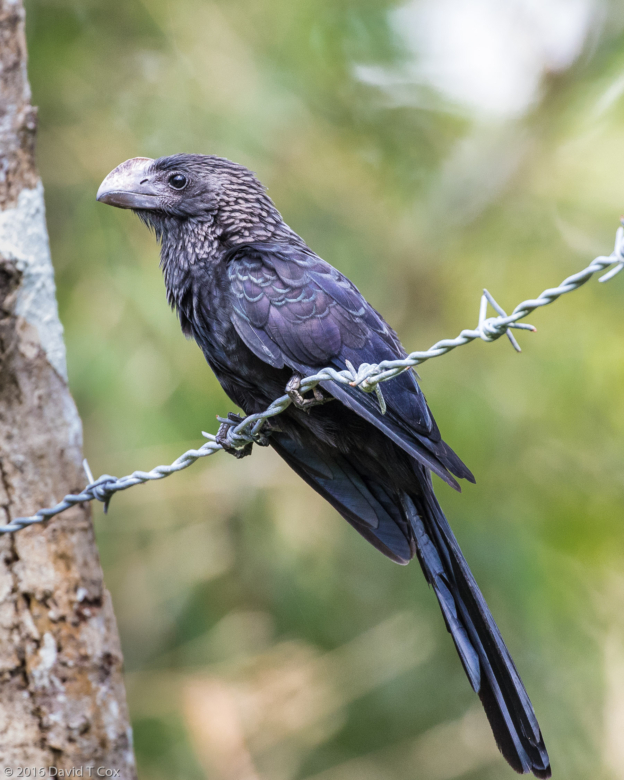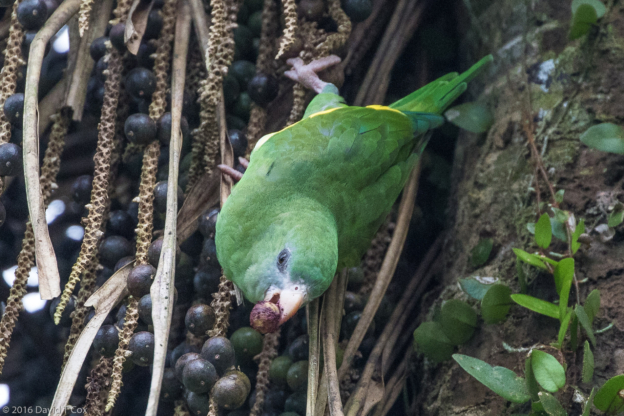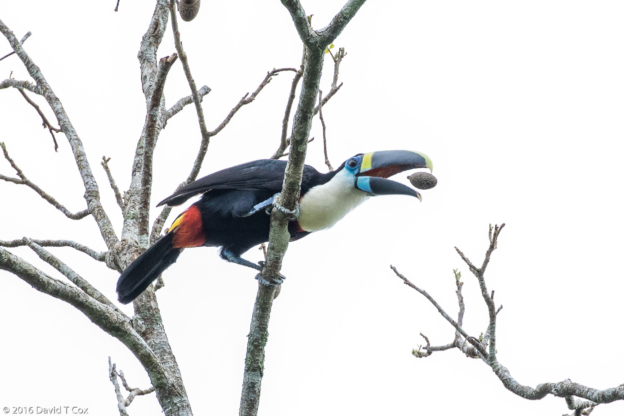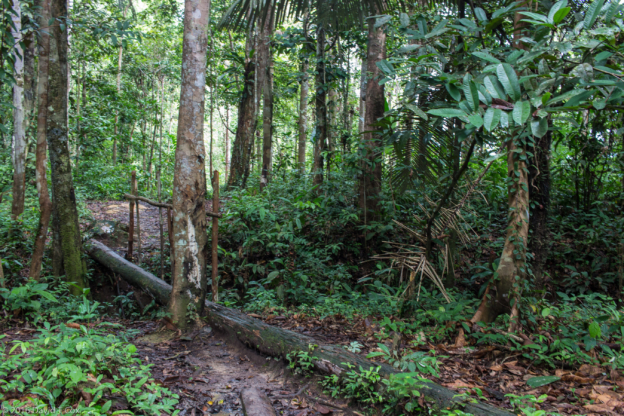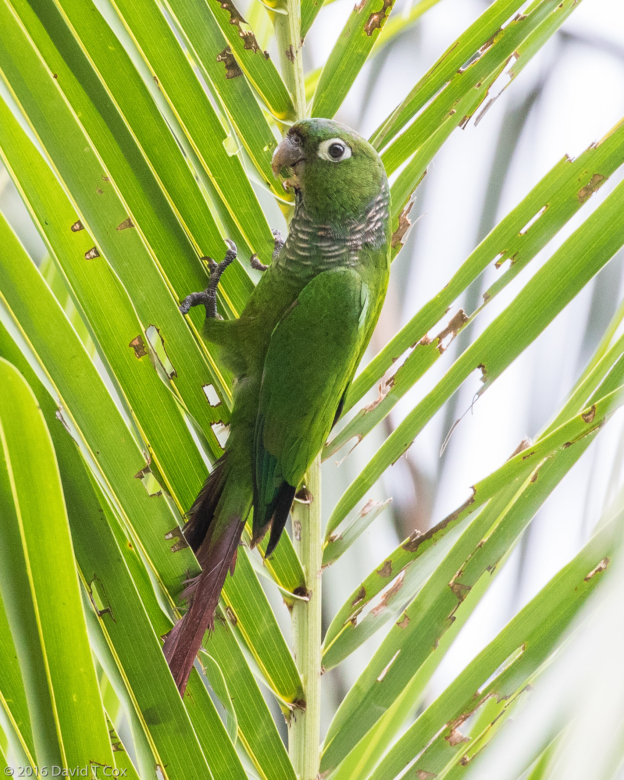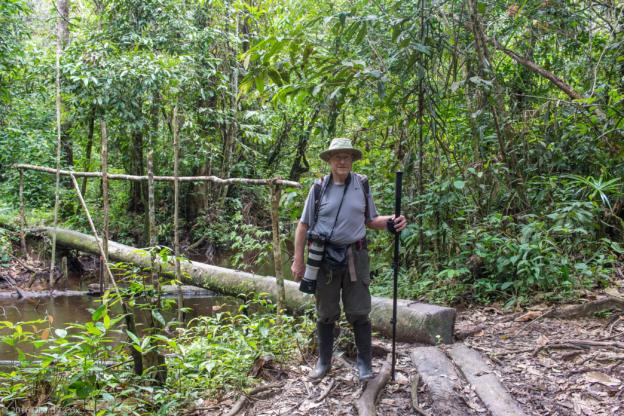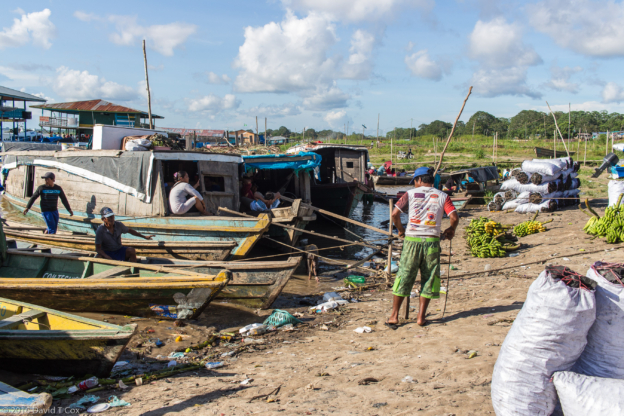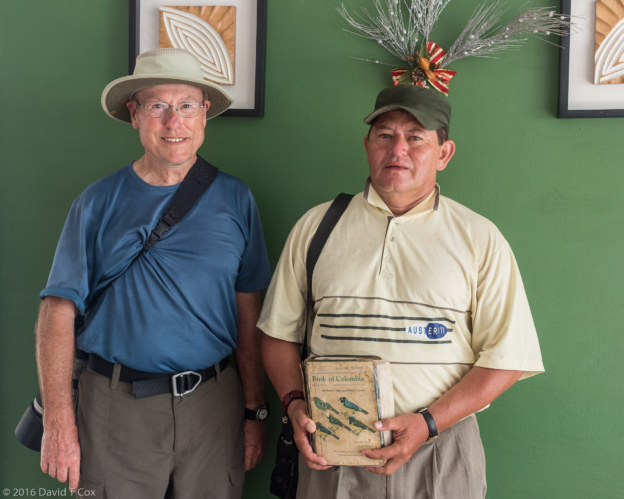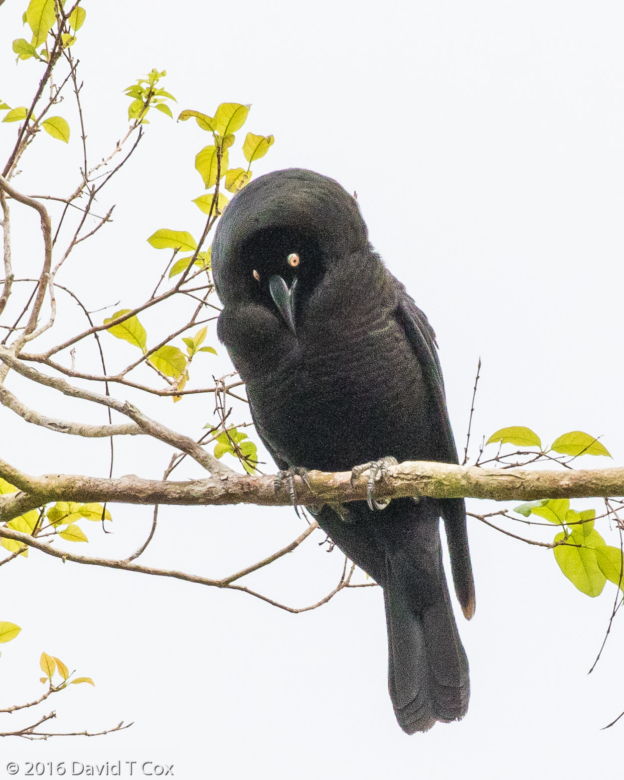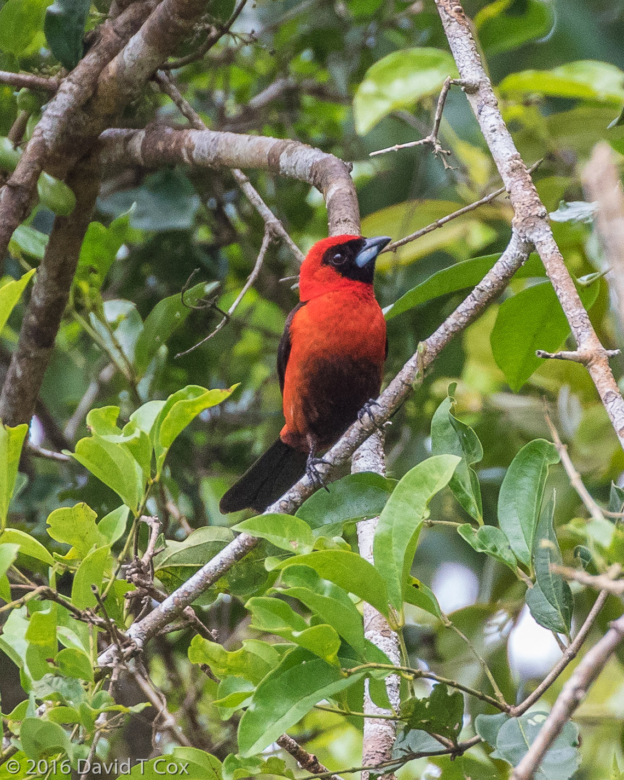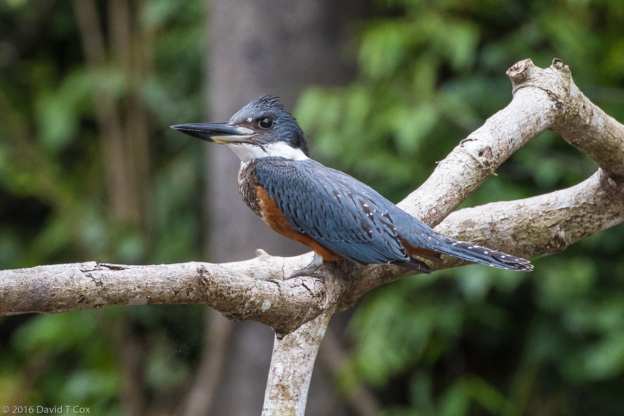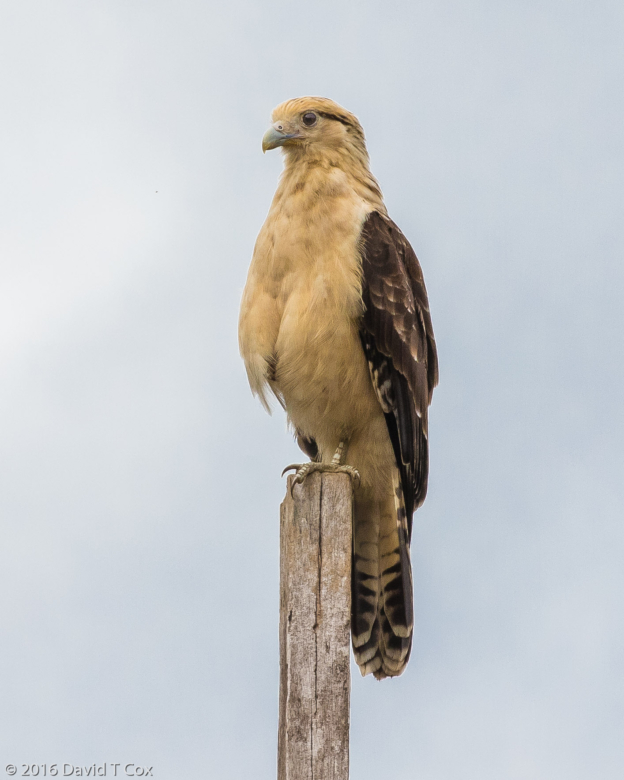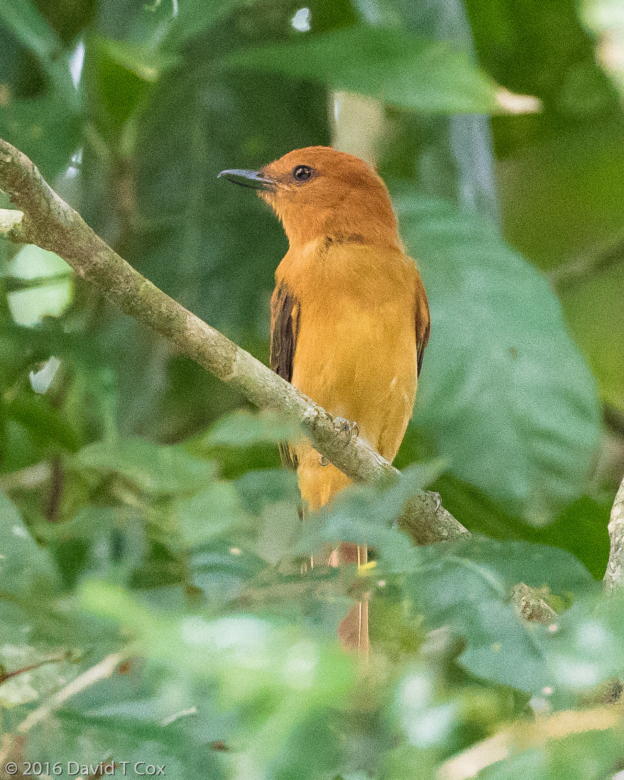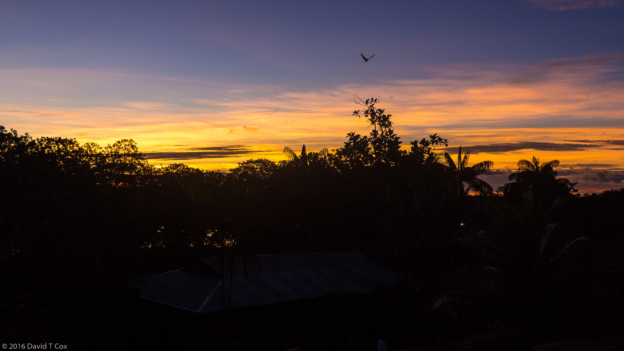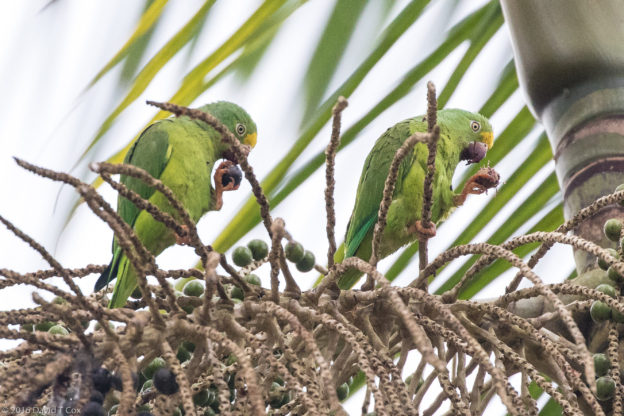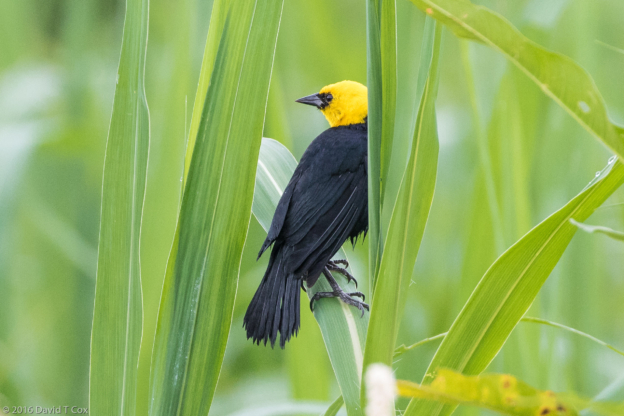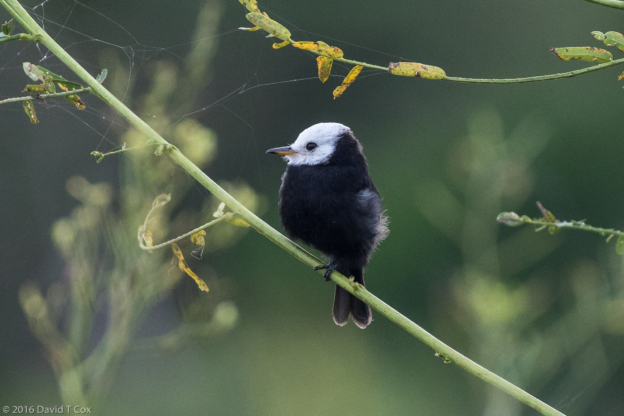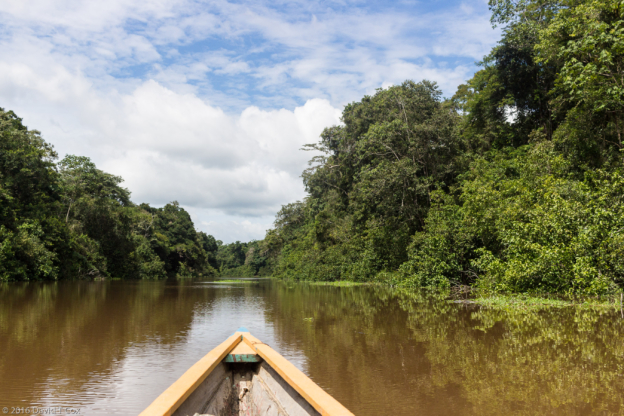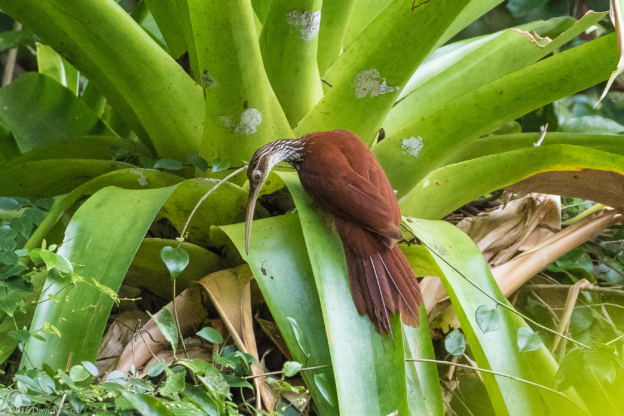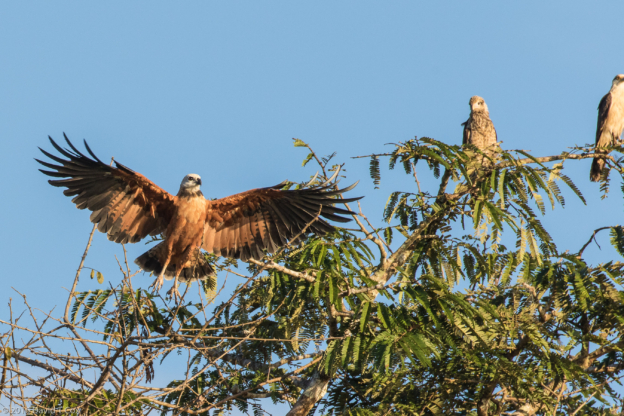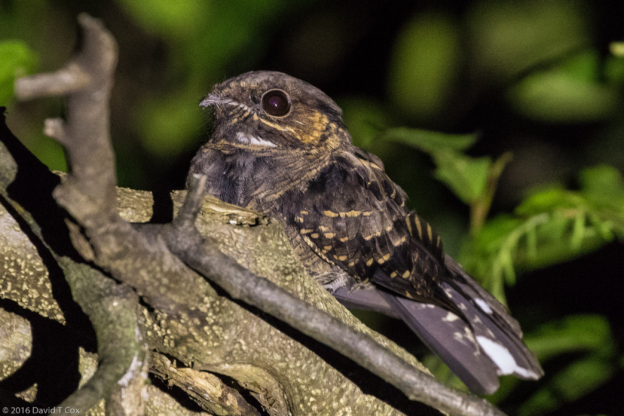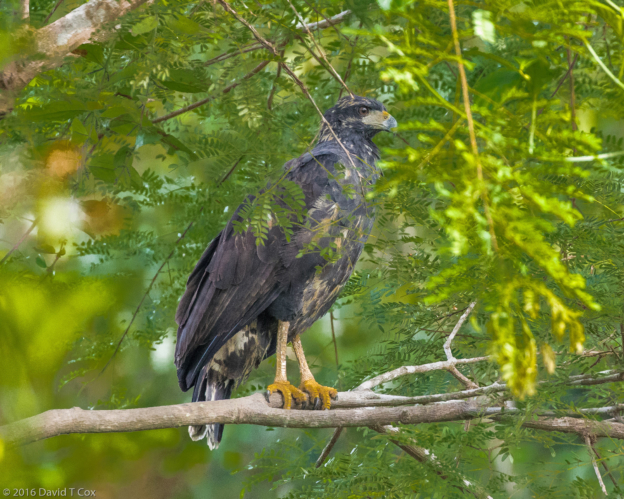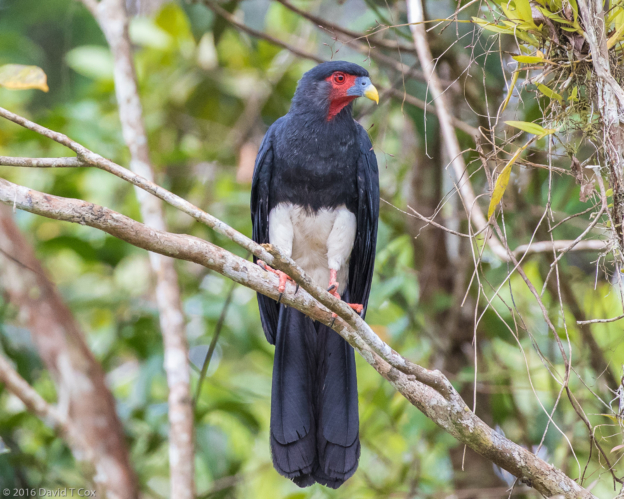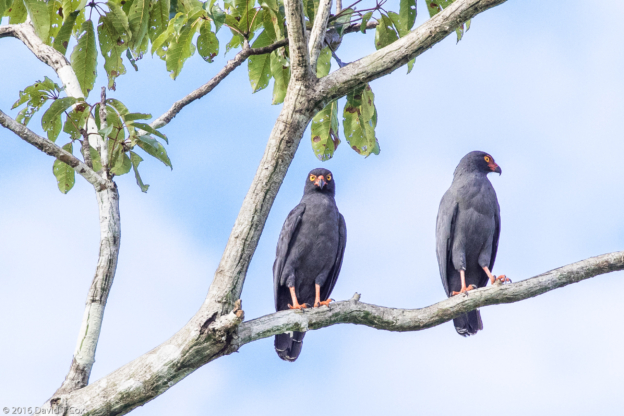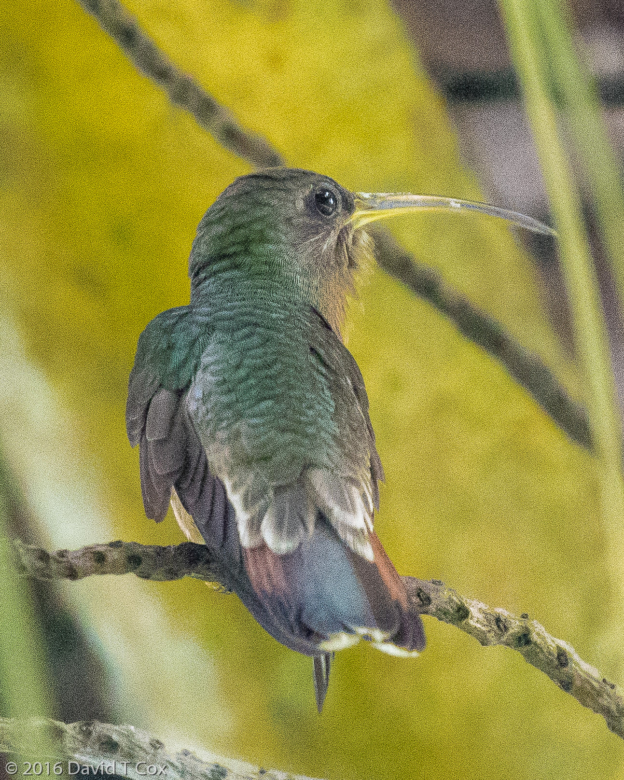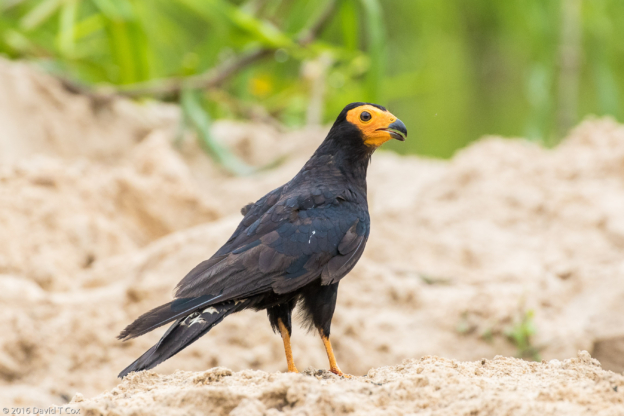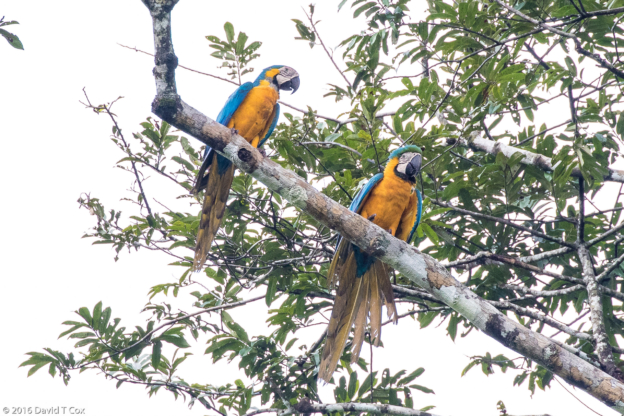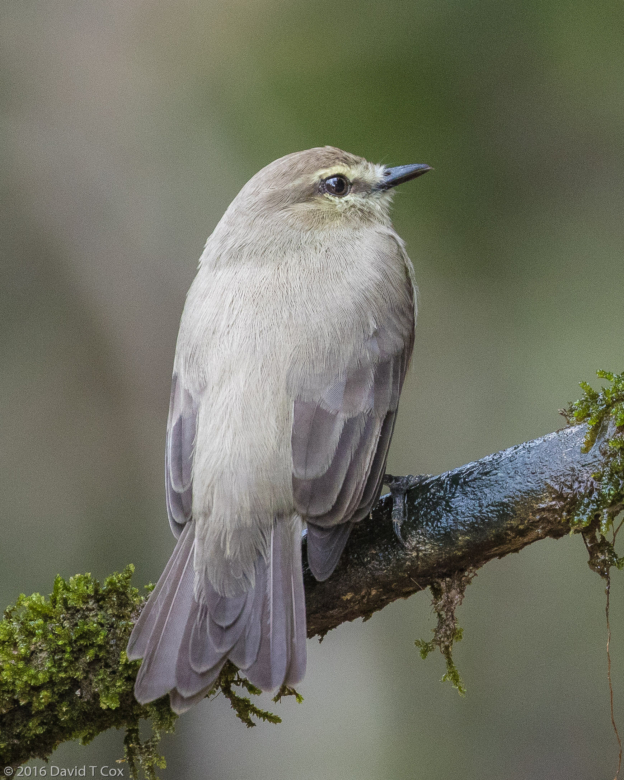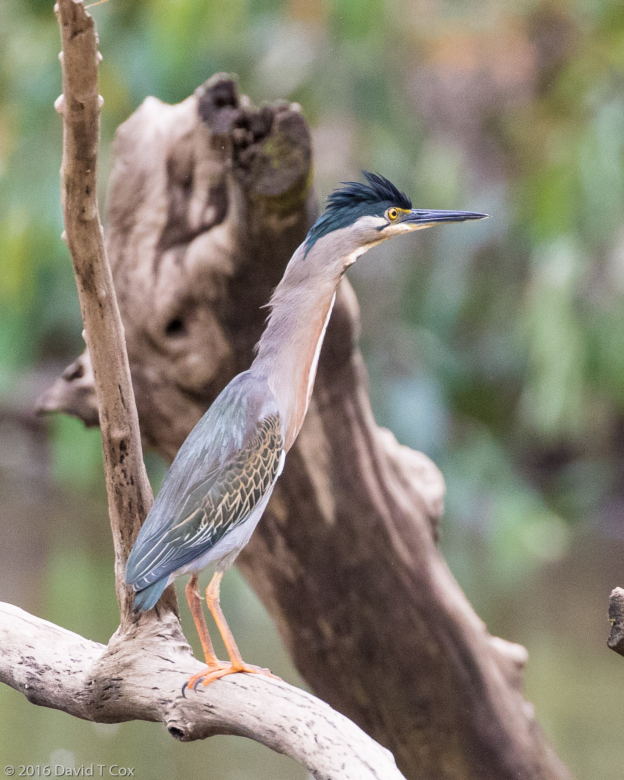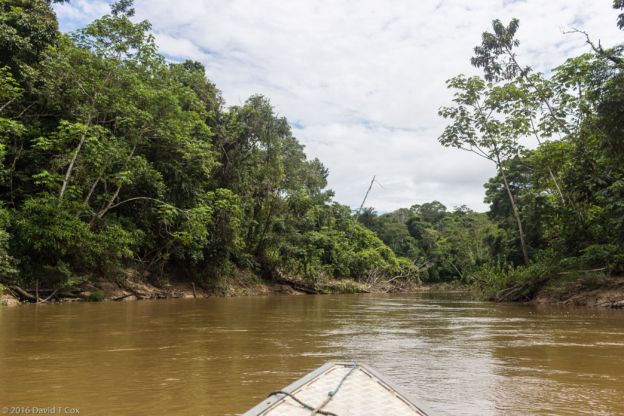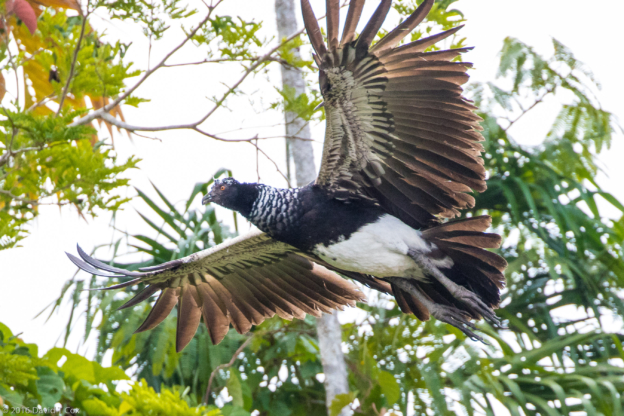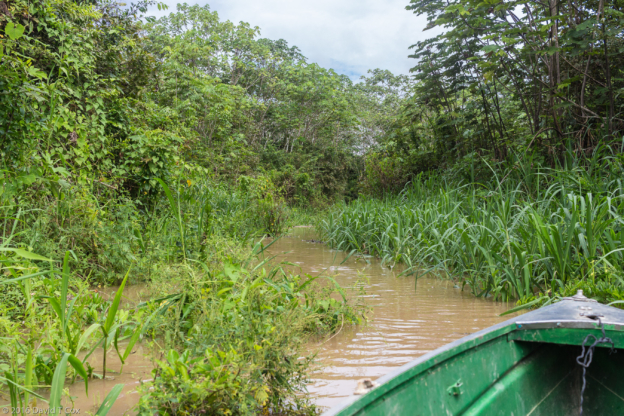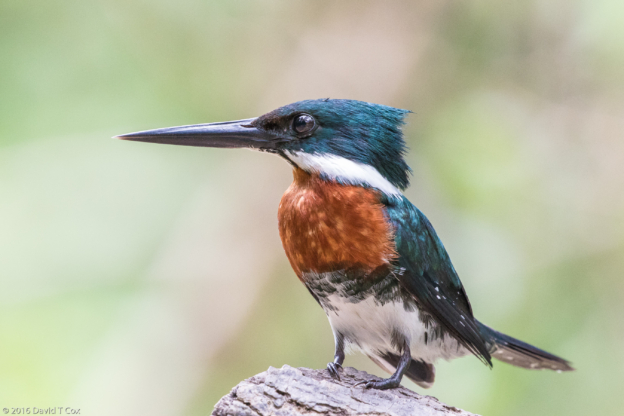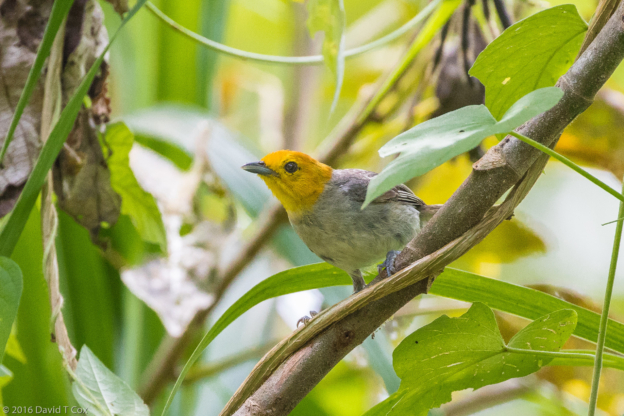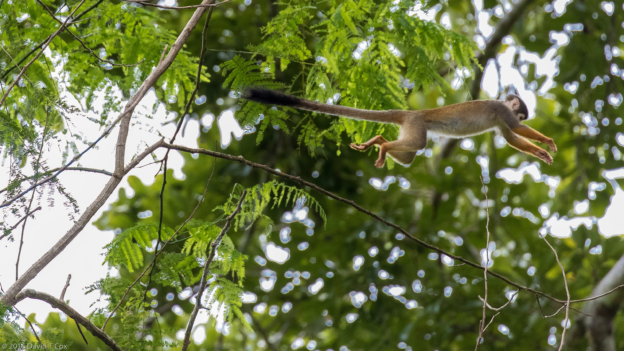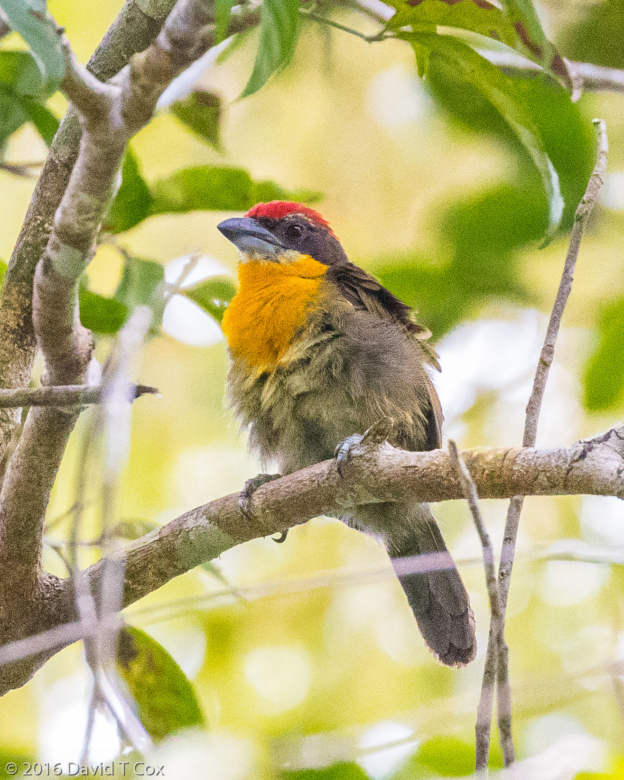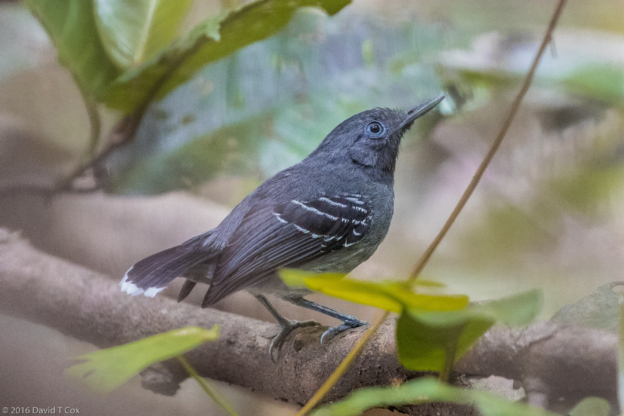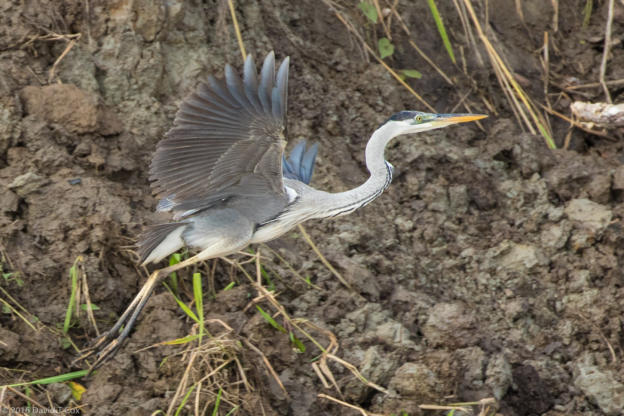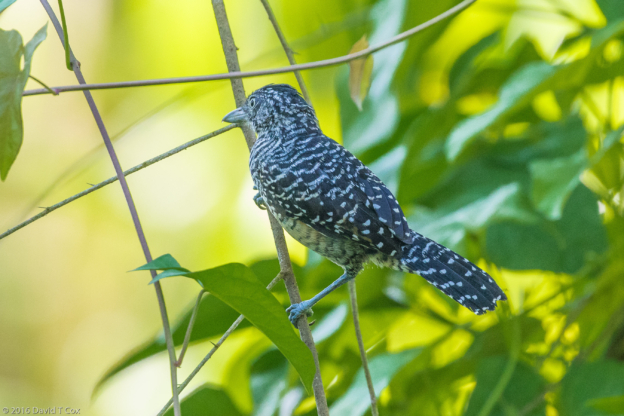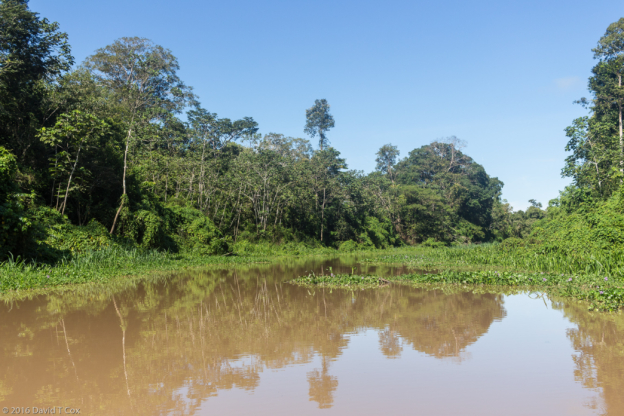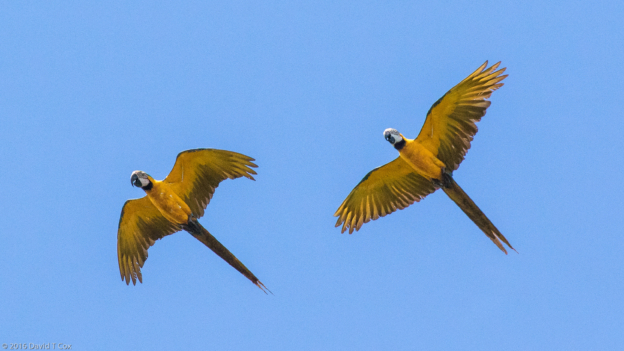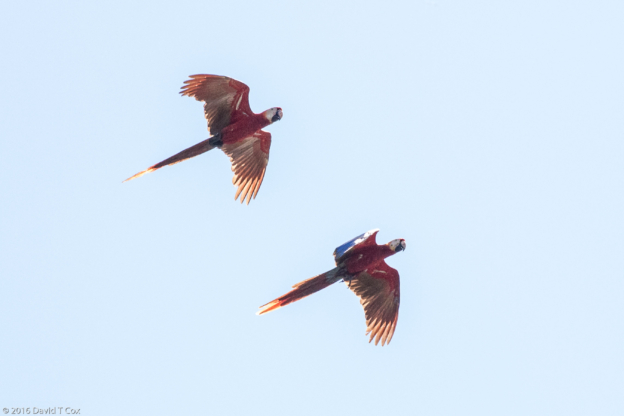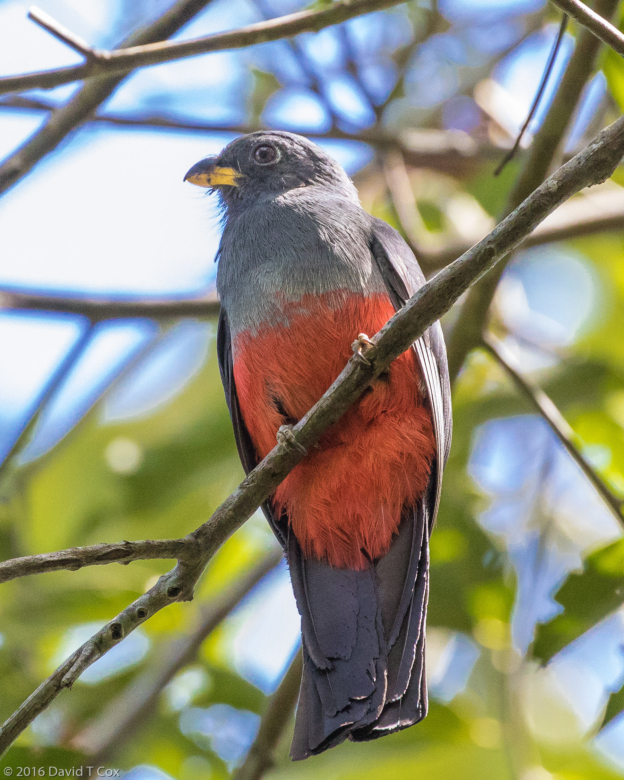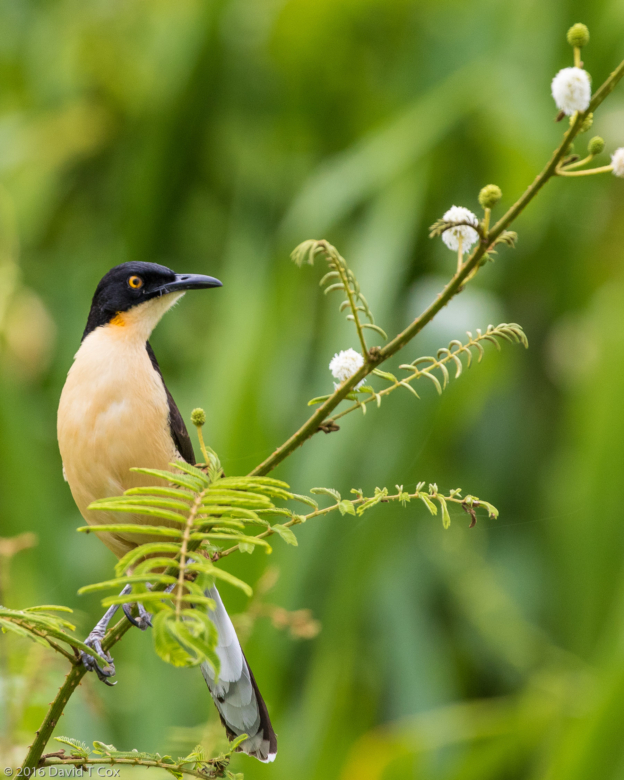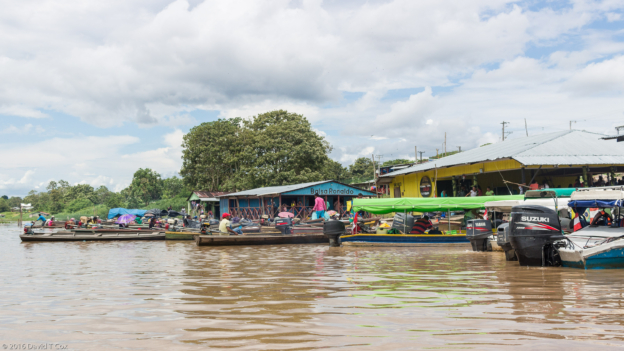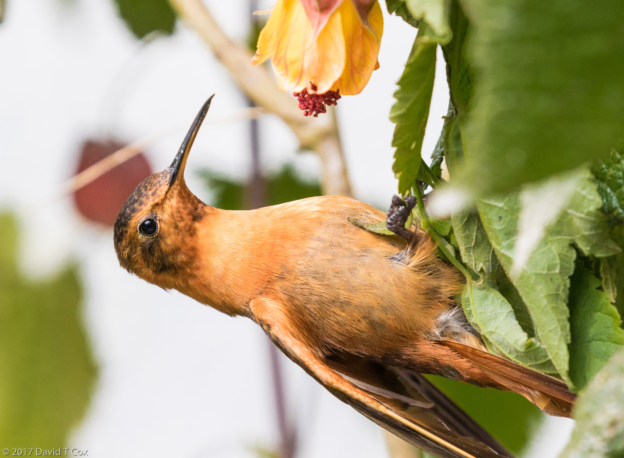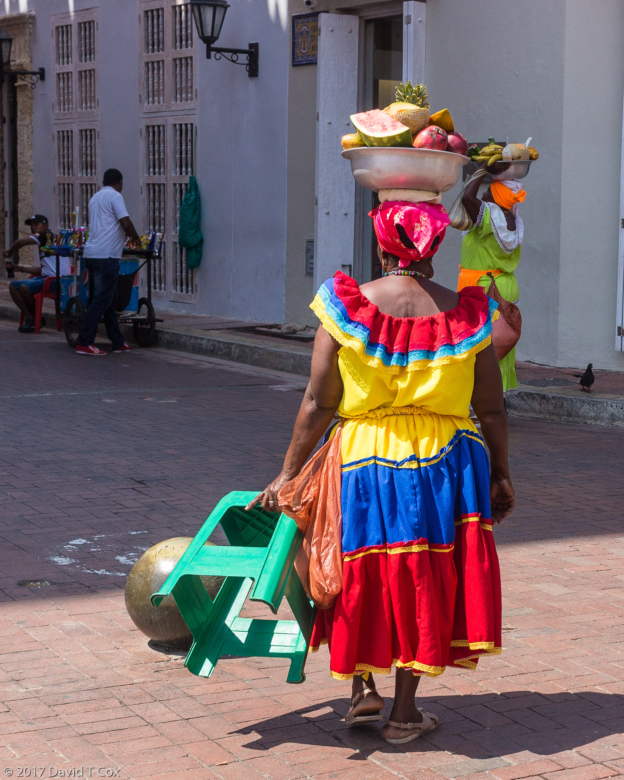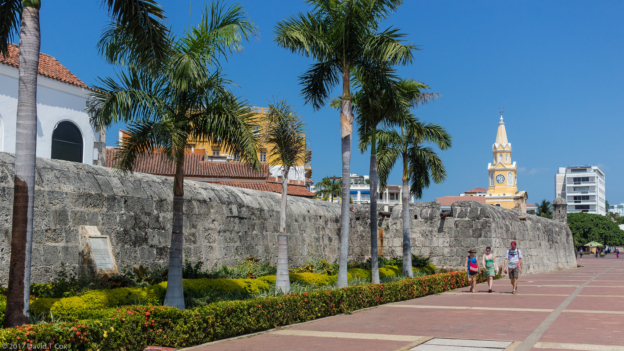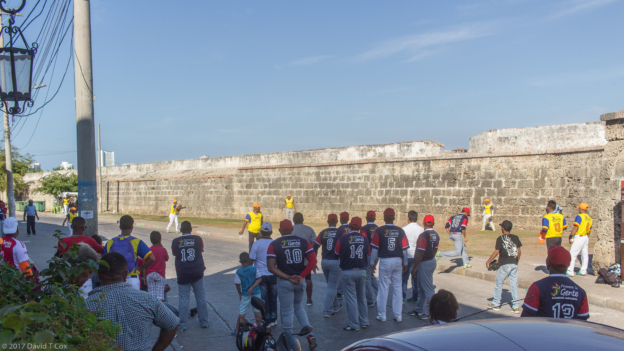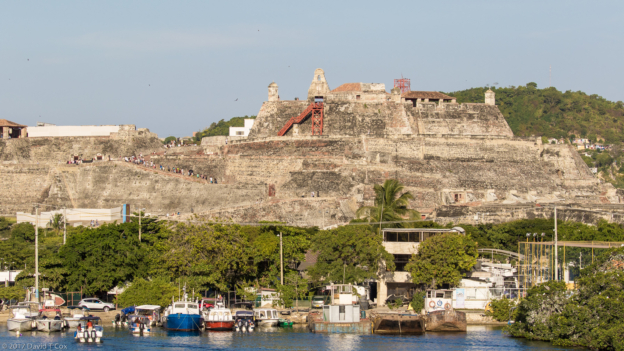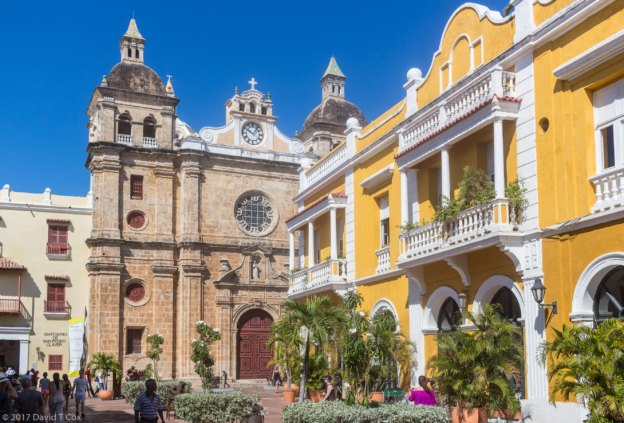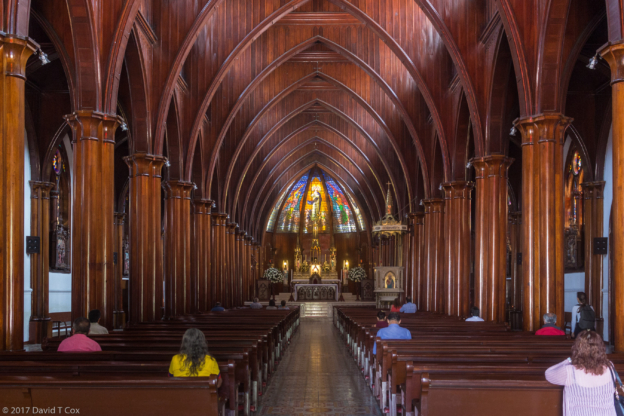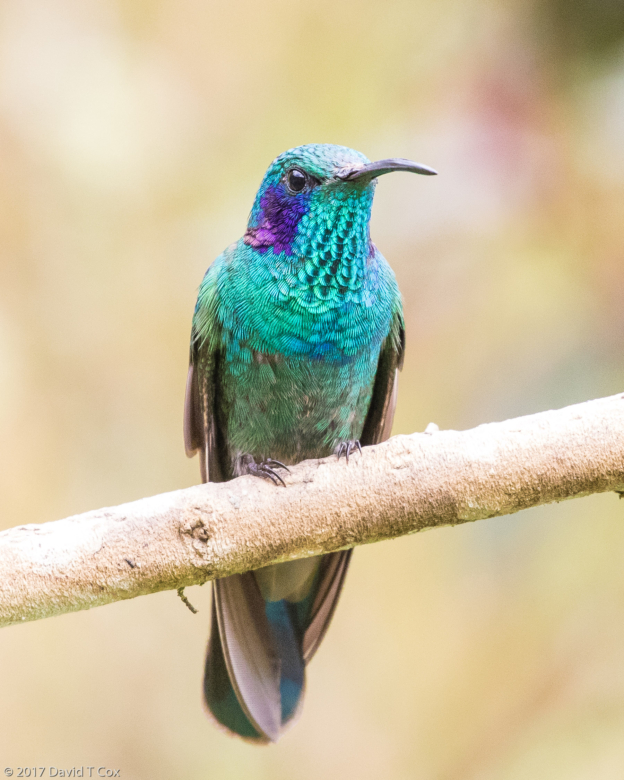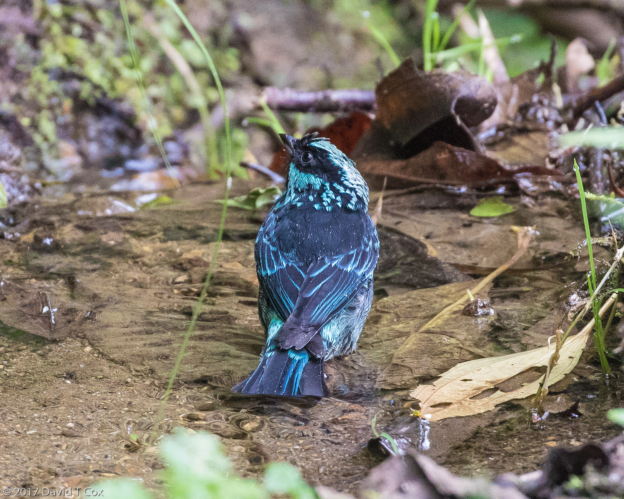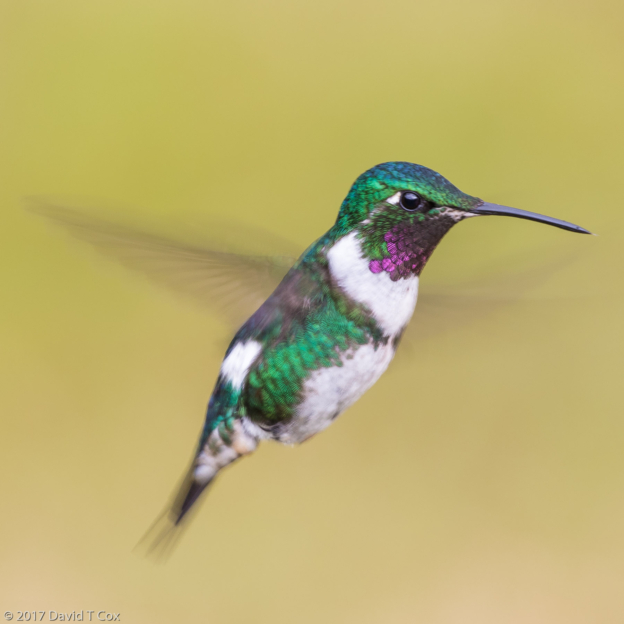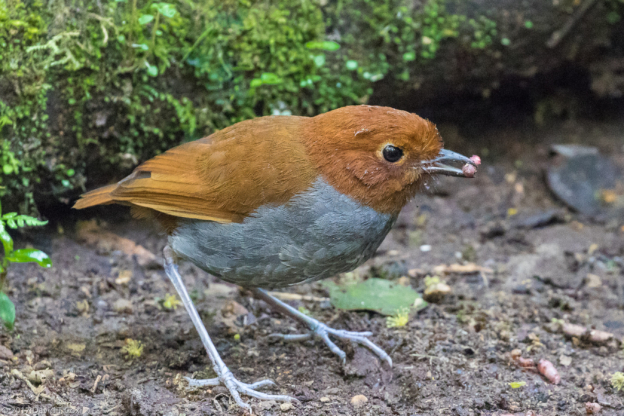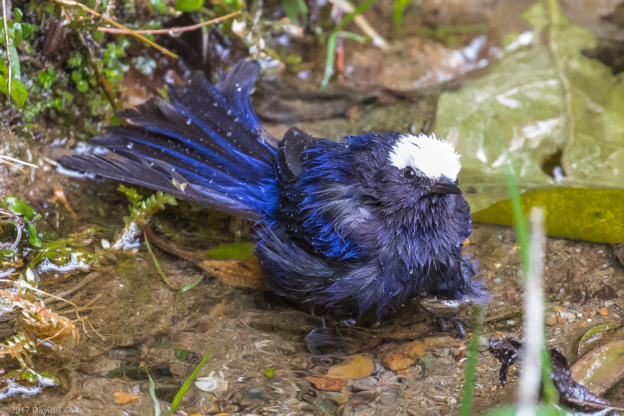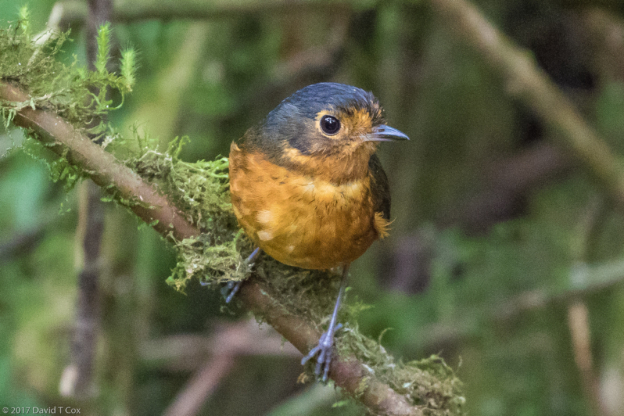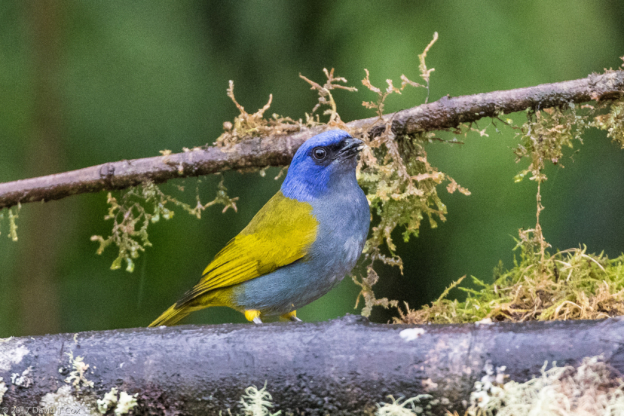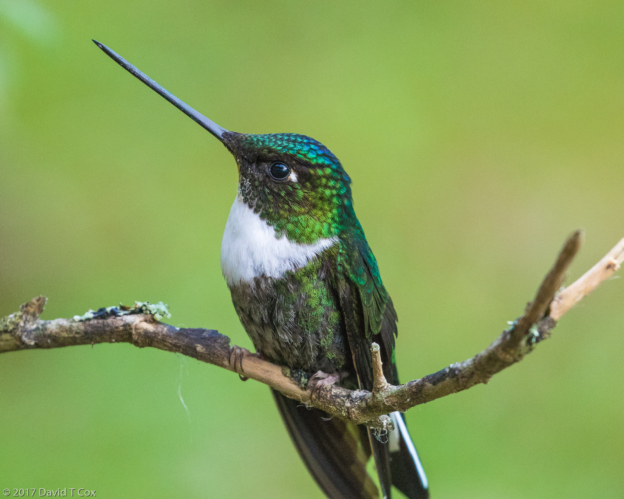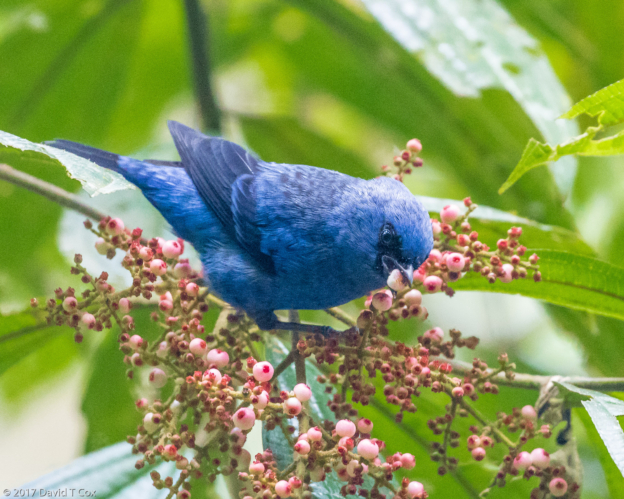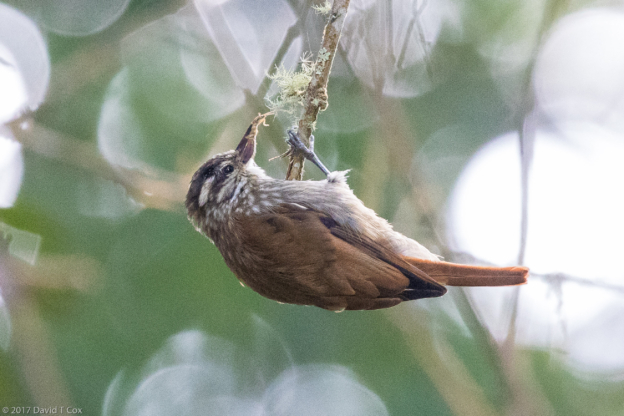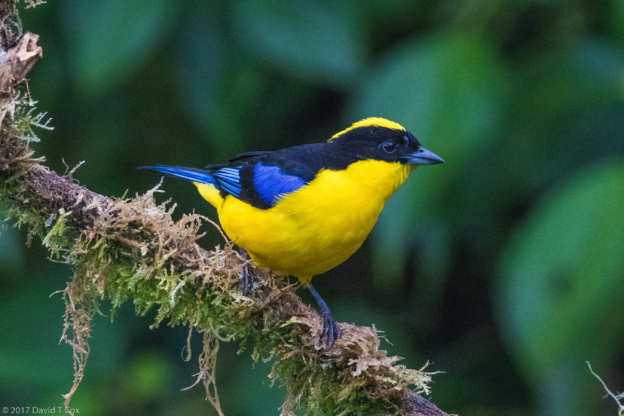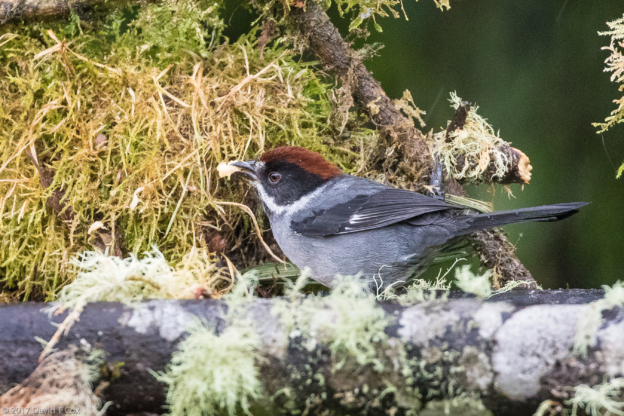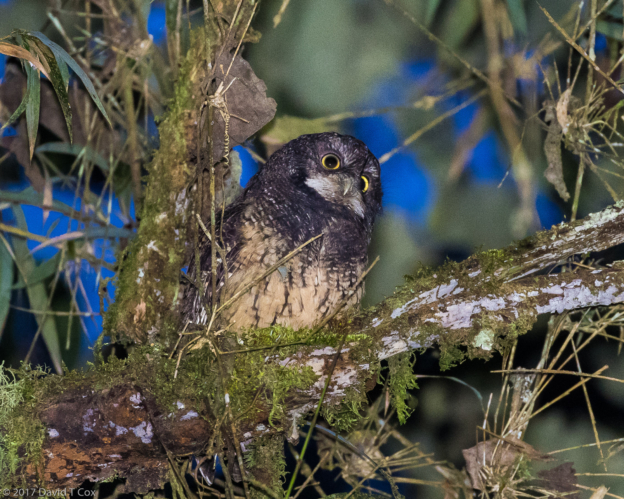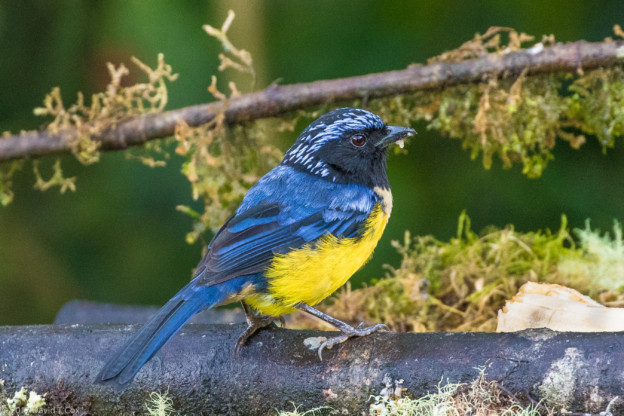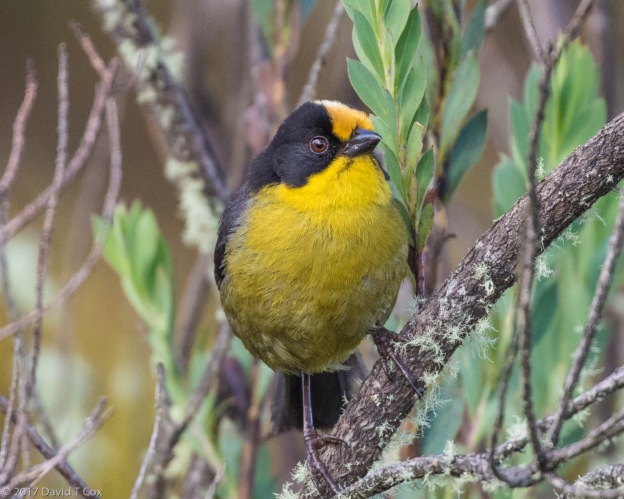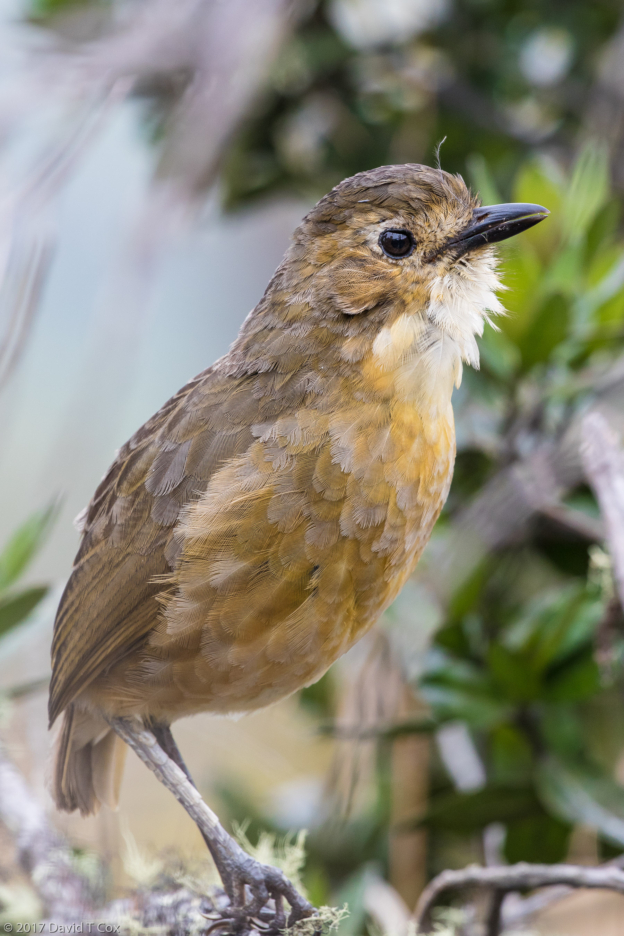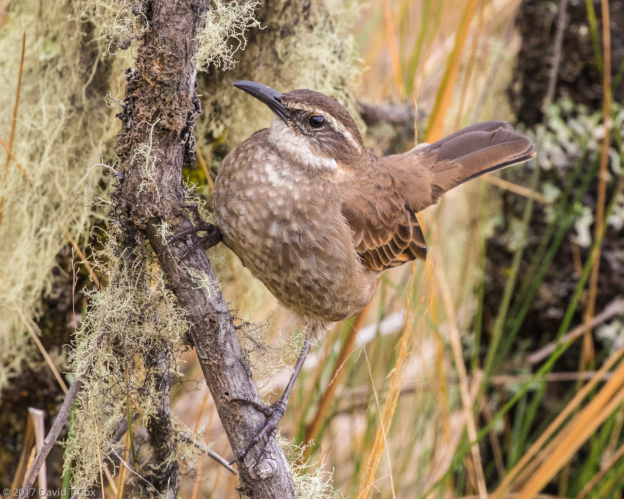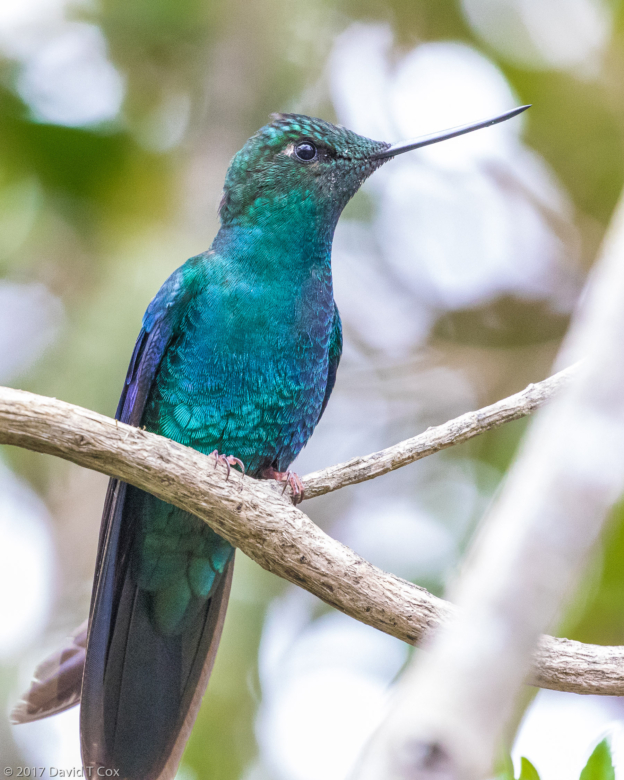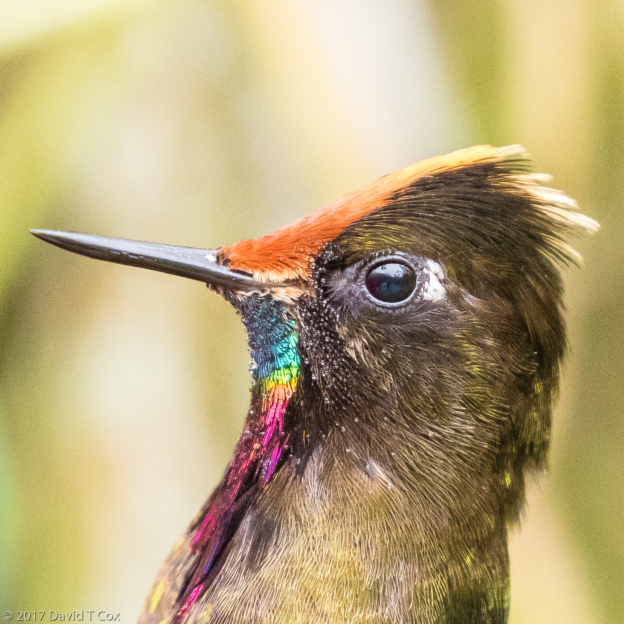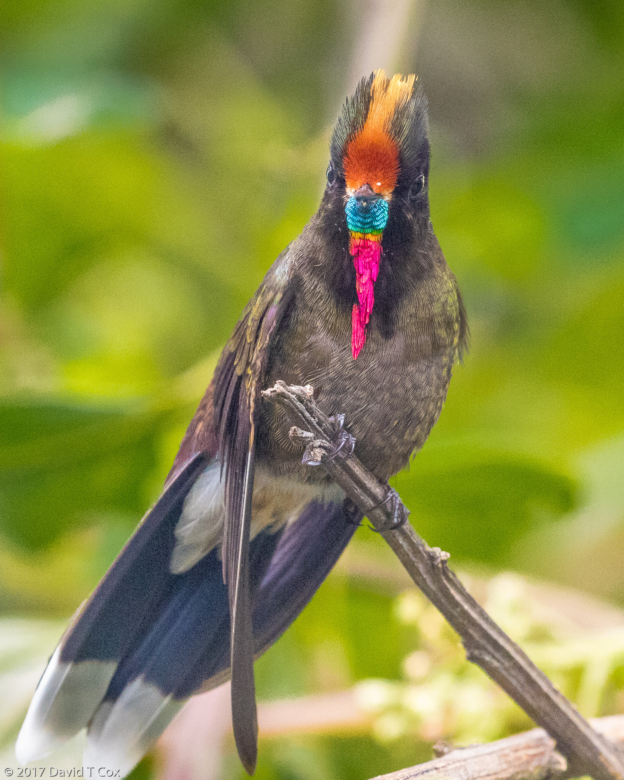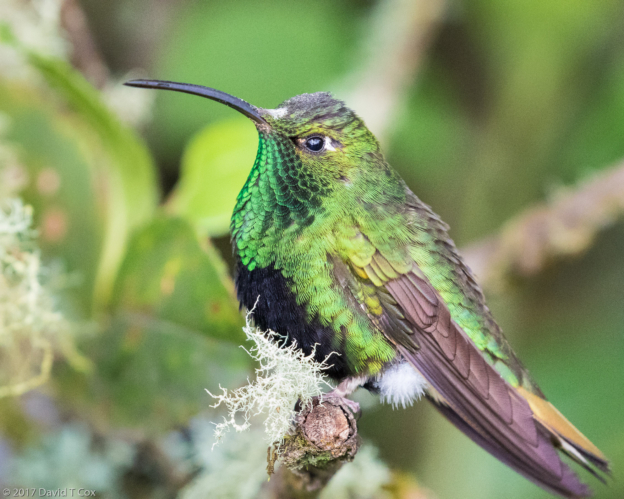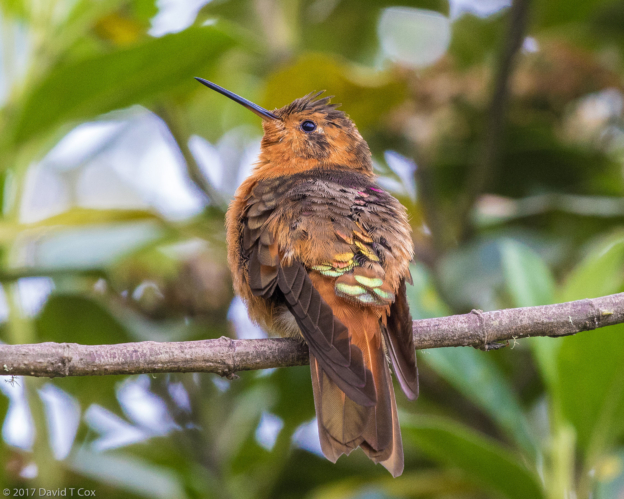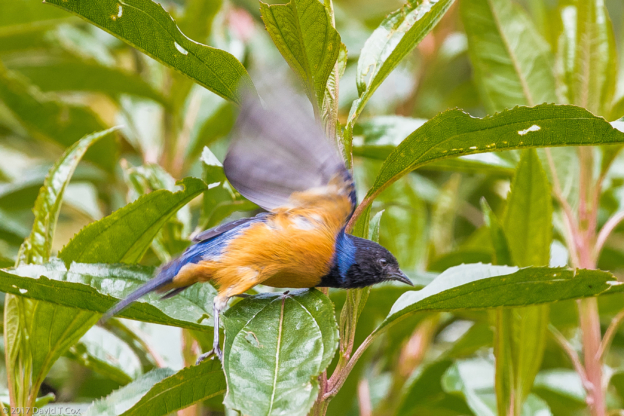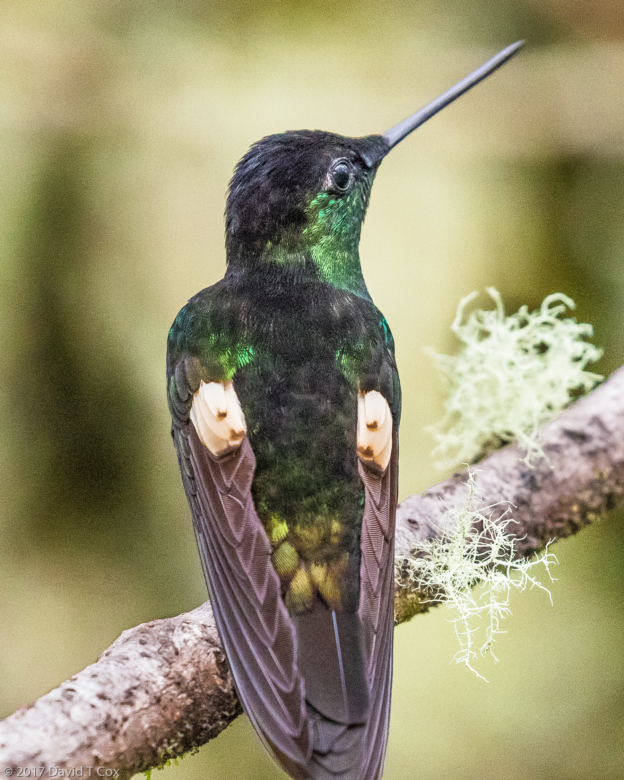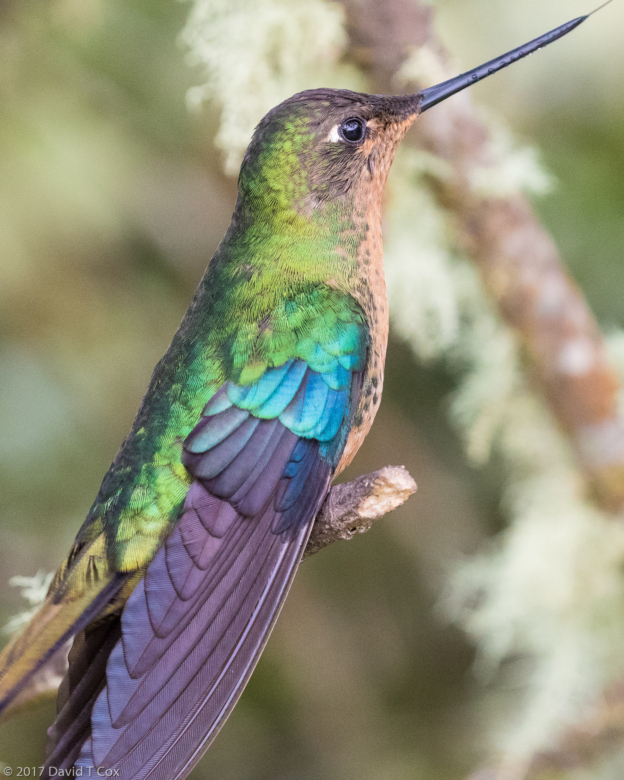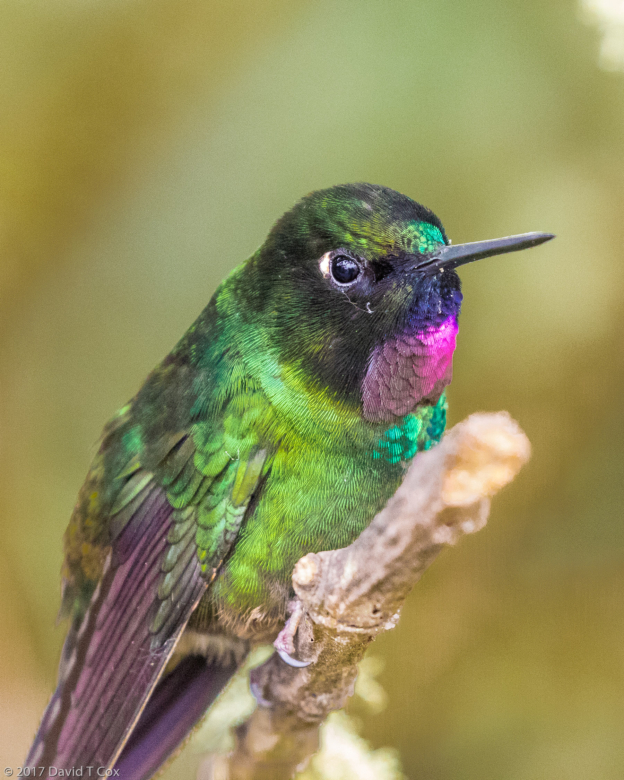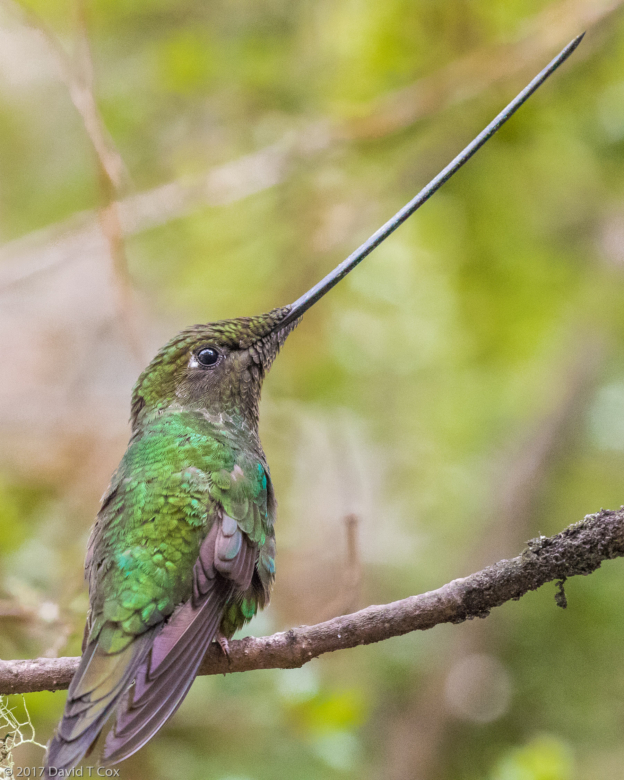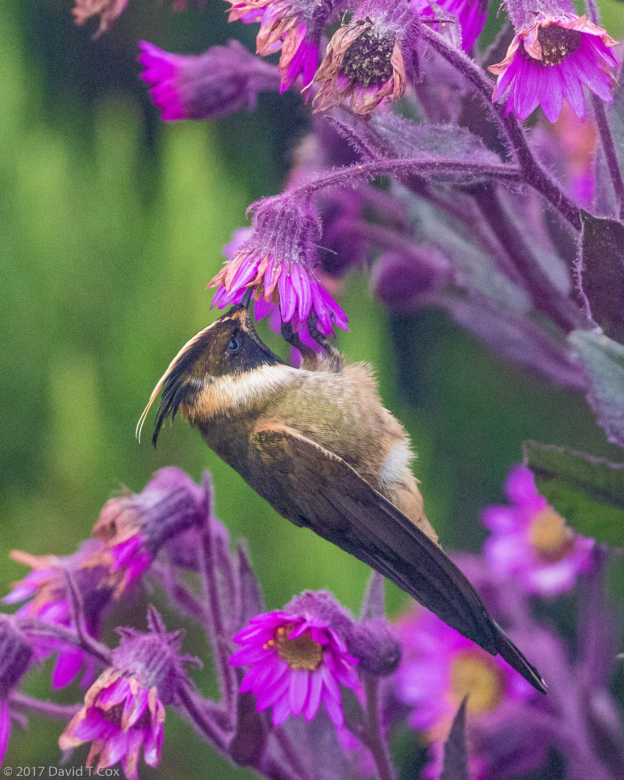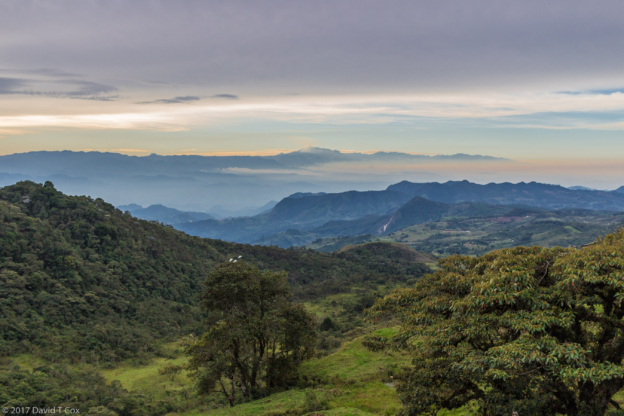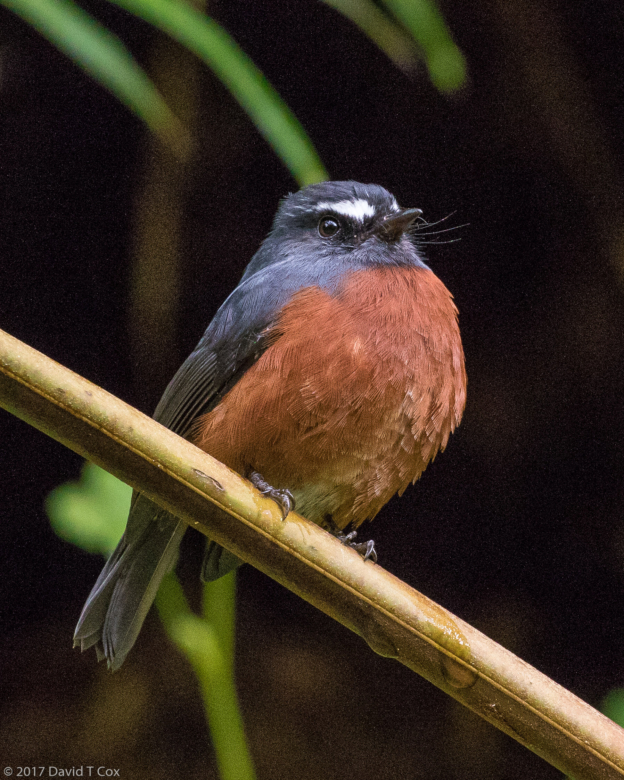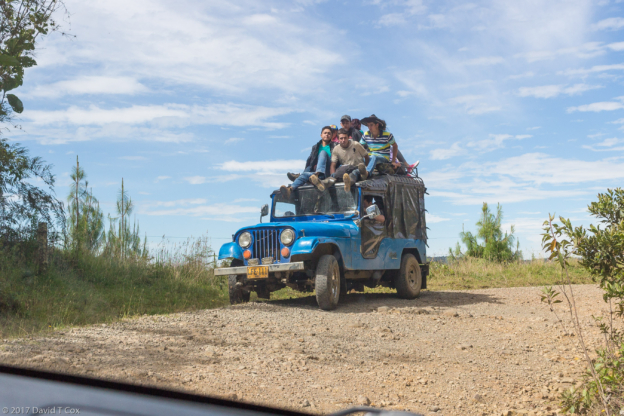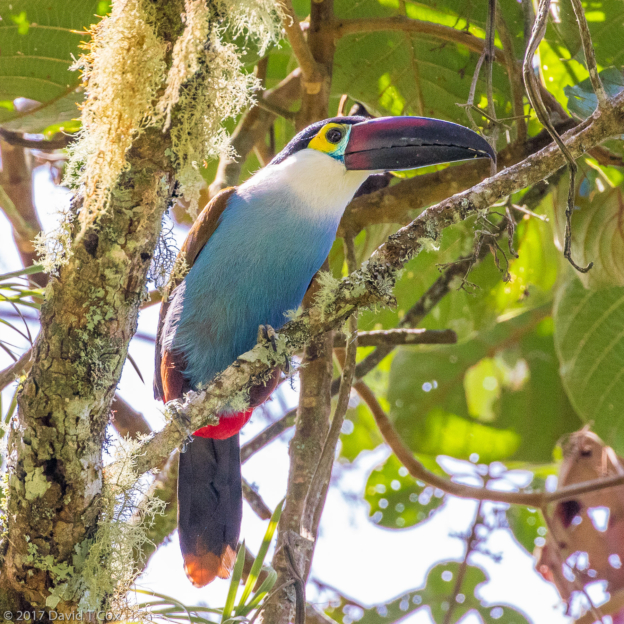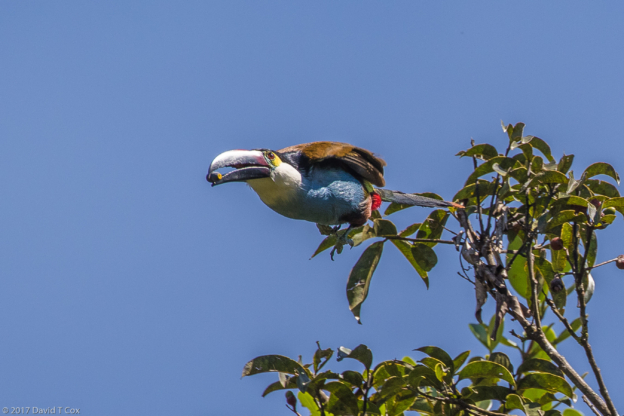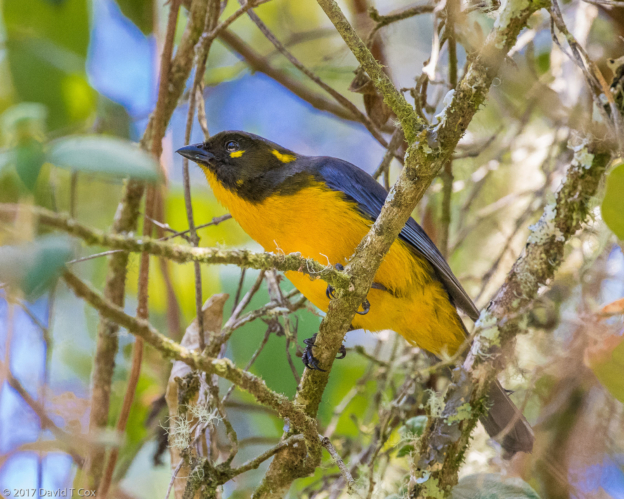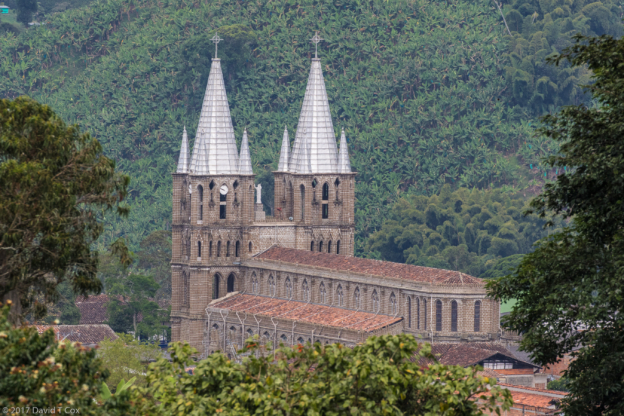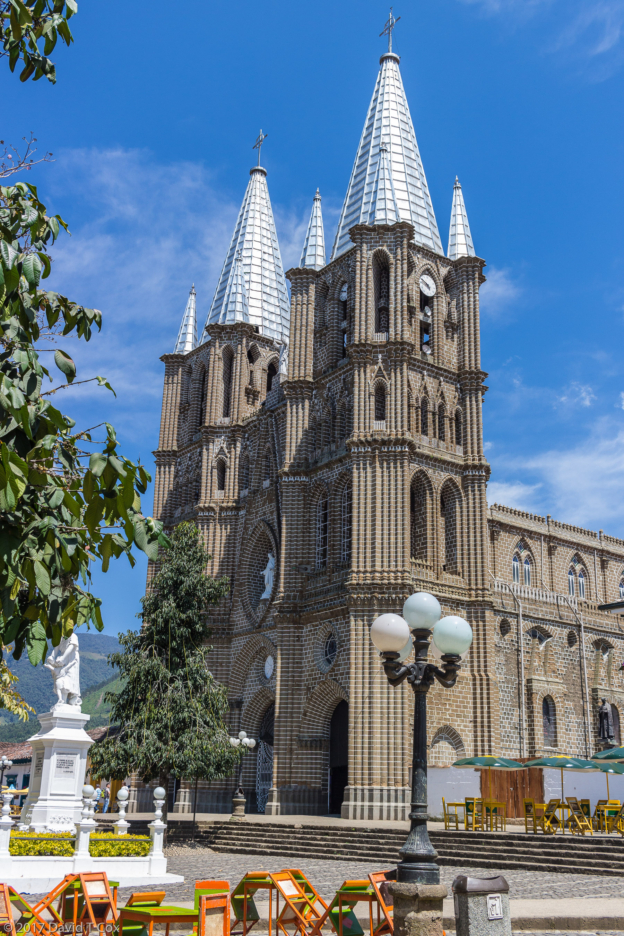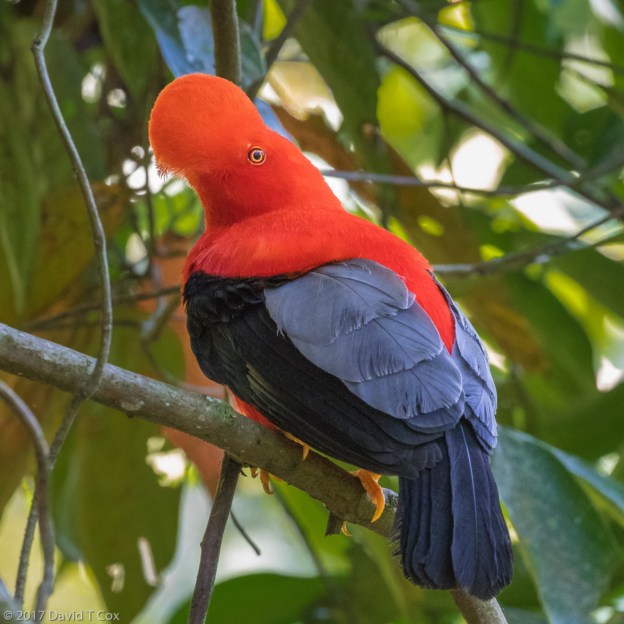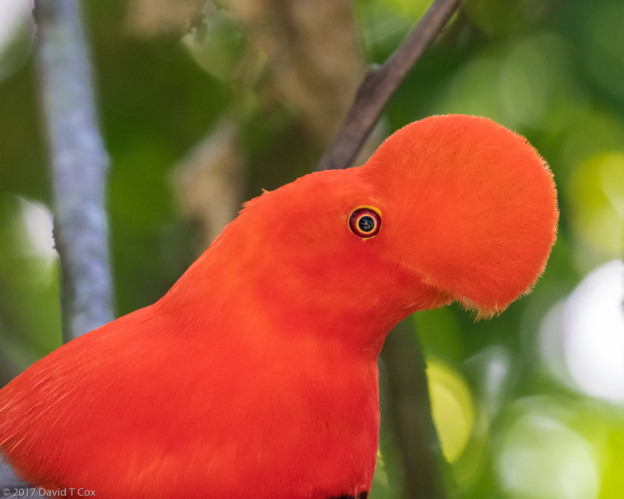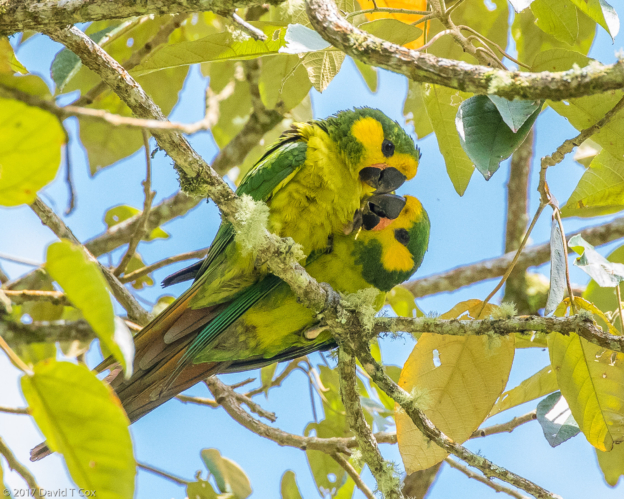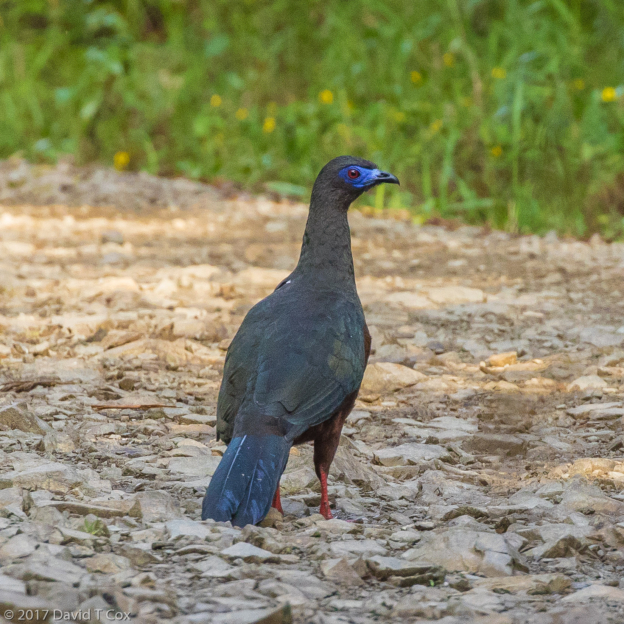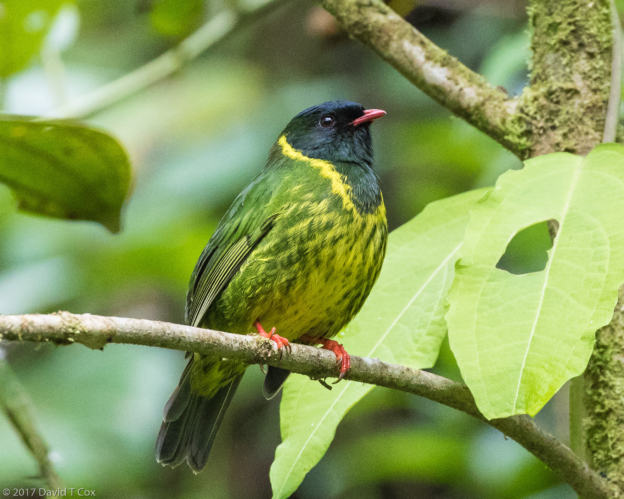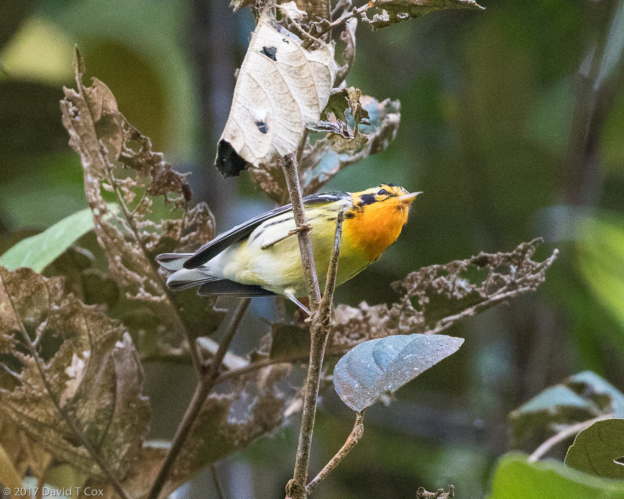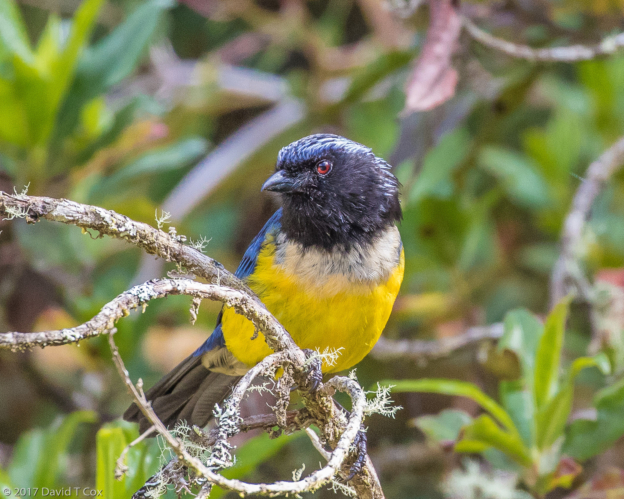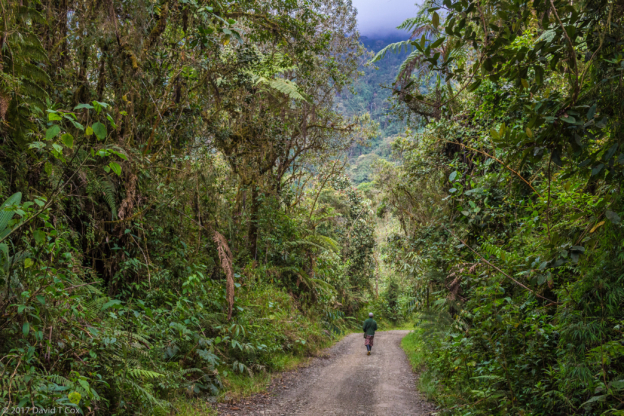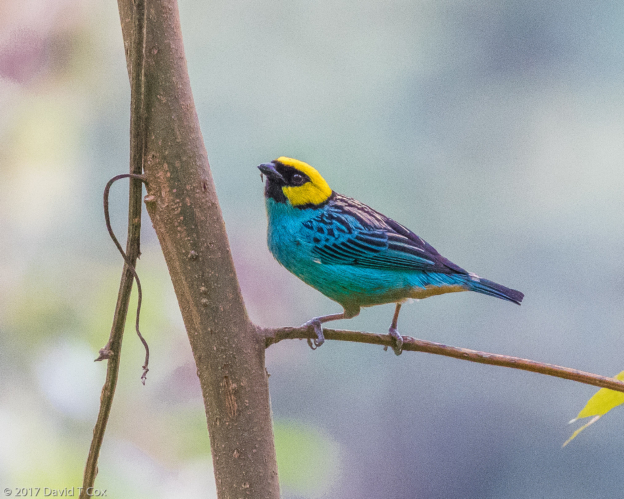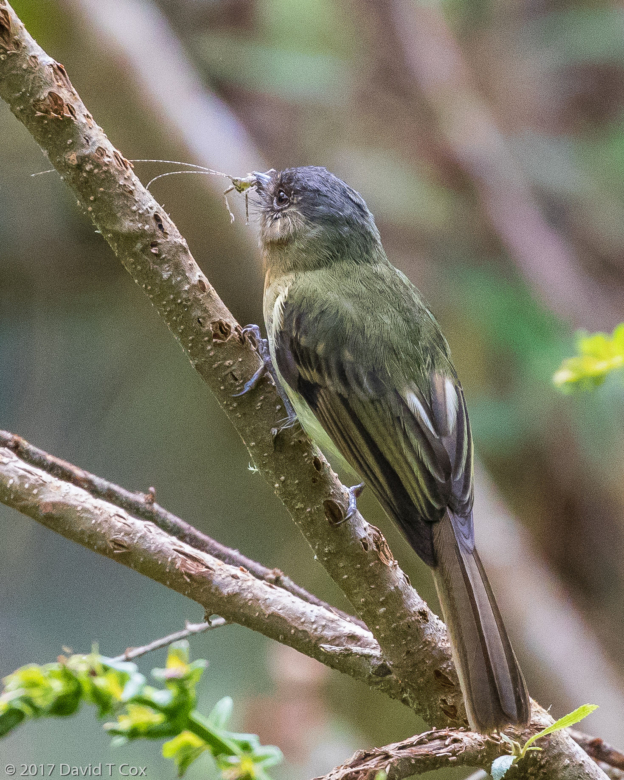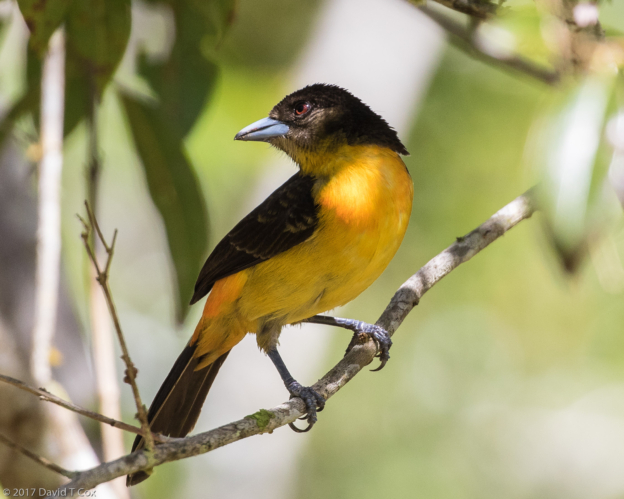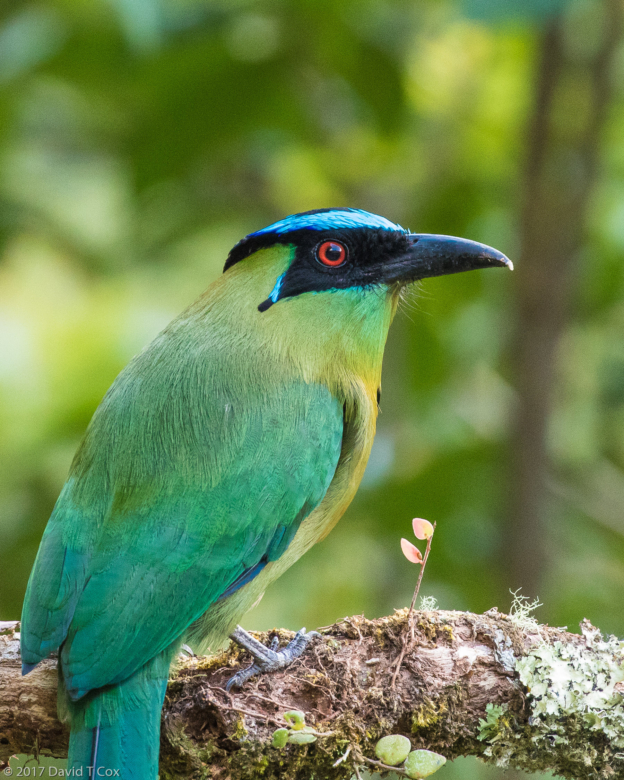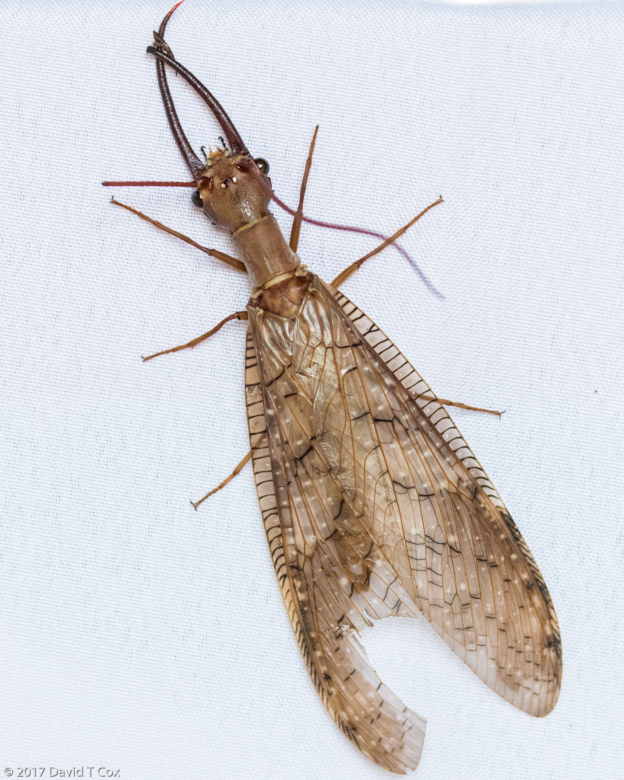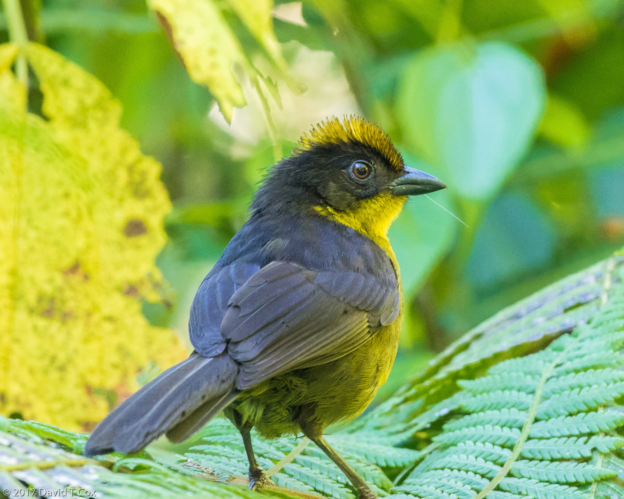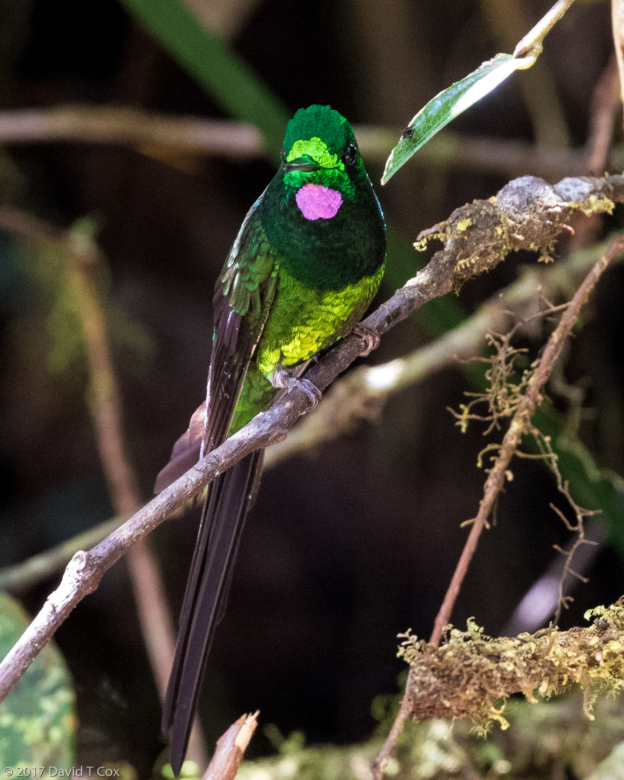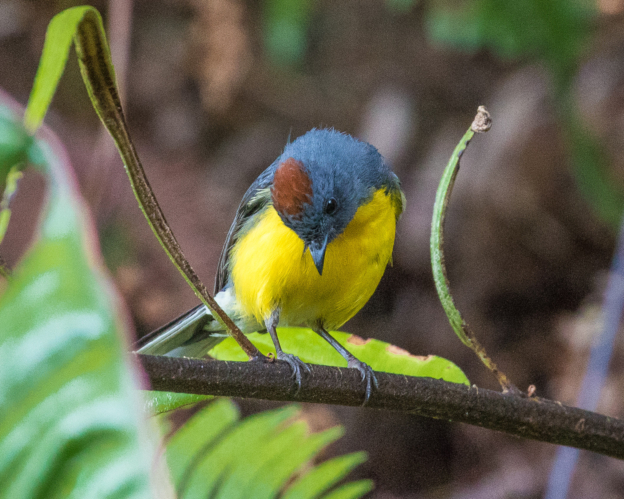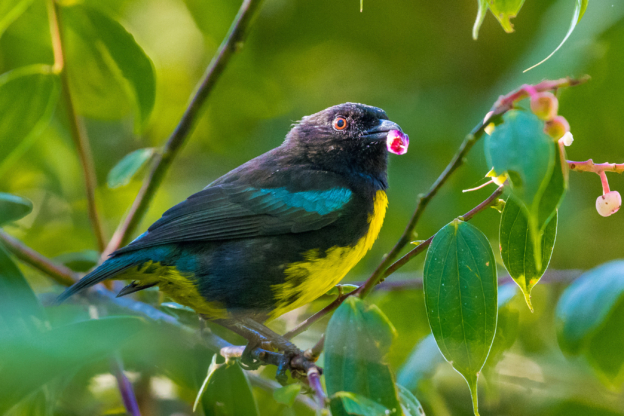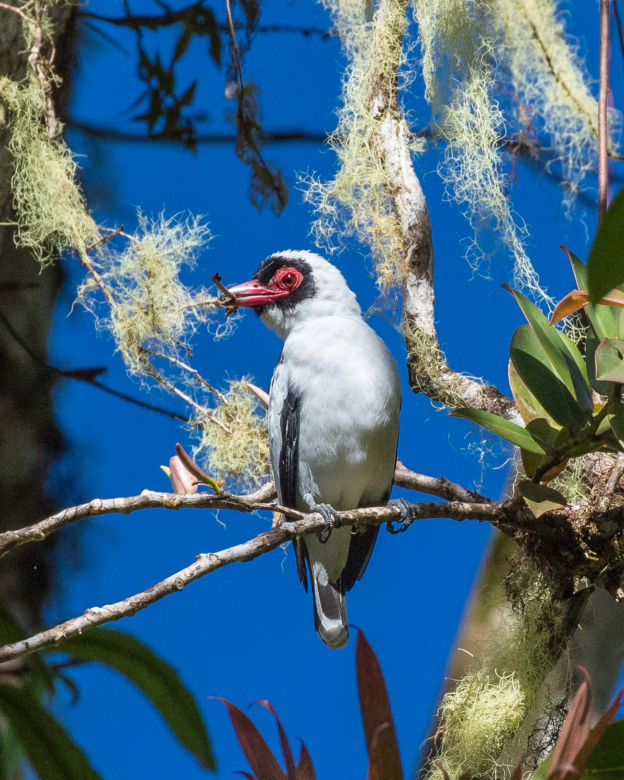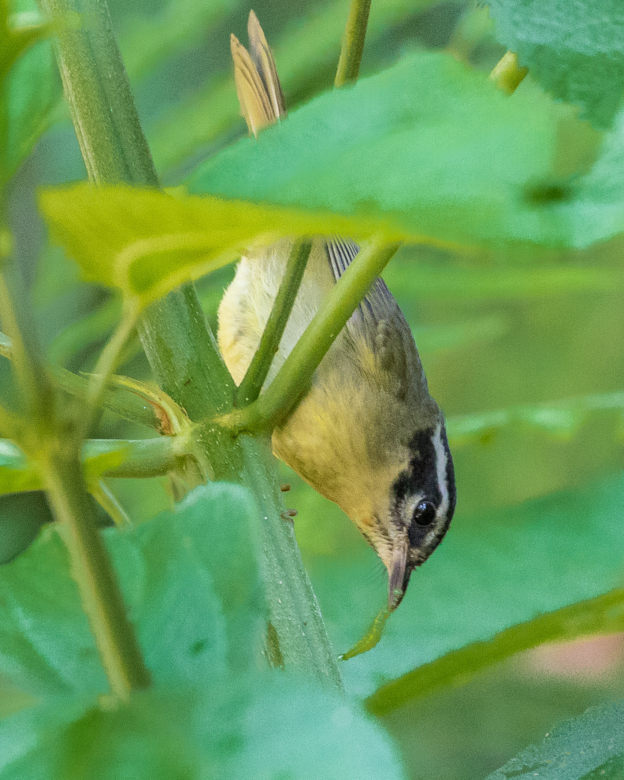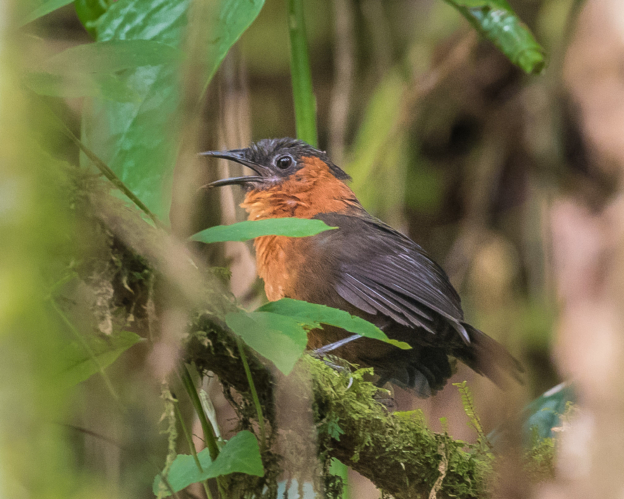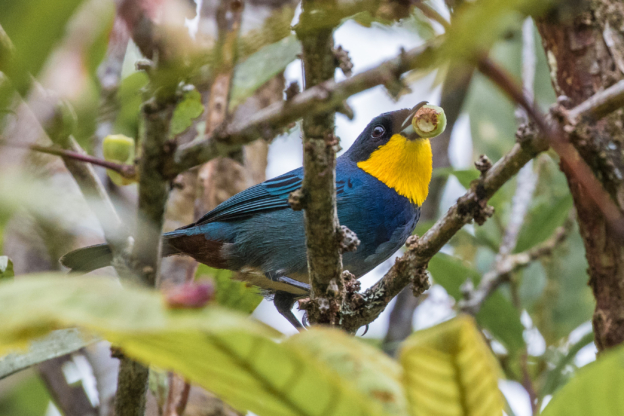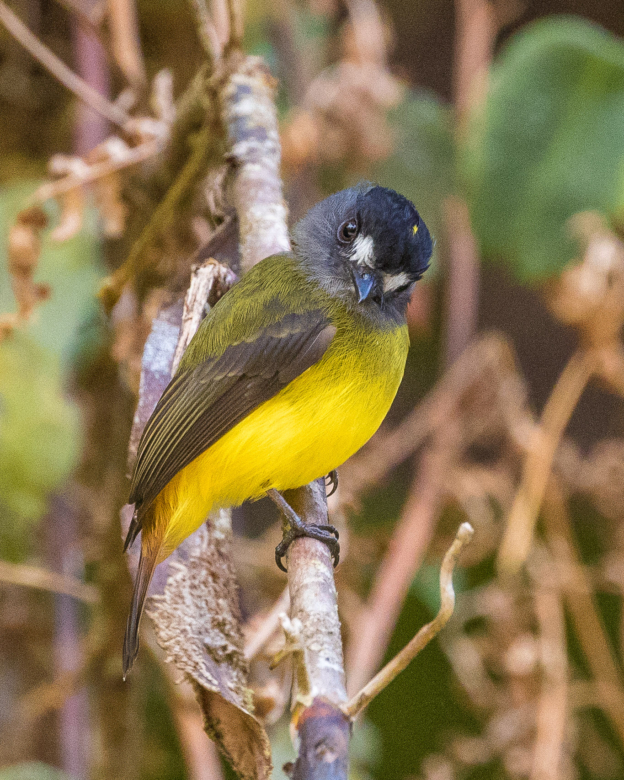I flew from Bogota to Barranquilla, the third largest city in Colombia, on December 27; my earlier flight from Leticia, in Amazonia, to Bogota was held on the tarmac for 40 minutes as we waited before liftoff for a rainstorm to subside. My flight from Bogota also was delayed on the tarmac for an hour, in clear weather, with few overall flights, and no information from the crew as to the problem.
I decided to spend 3 nights in Barranquilla because I could not book a hotel room in either Cartagena or Santa Marta. Colombians flock to the northern Caribbean coast from the middle of December to the about the 10th of January when they celebrate the “Dia de los Reyes Magos” (day of the wise men), and everything during this period is booked and double priced. Barranquilla is an exception – it is a large city with few tourist sites or hotels – a rather grim place in the “historic” Centro comprised of mostly concrete and cracking sidewalks, with street vendor stalls blocking easy passage through many of the streets. It also has a bad reputation for street theft, at least according to the huge numbers of local police who often insisted on accompanying me from my hotel entrance (I suspect looking for tips was more likely the reason, although I had few doubts as to the criminal element). Further from the center, the city was more modern, but bland, with nothing to attract tourists (the one huge exception being that the city hosts the second largest Carnival celebration in the Americas, after Rio de Janeiro – this year it is in late February). I did use part of my stay to visit ATM machines many more times in preparation for further cash currency requirements to occur with my birding in the north.
From Barranquilla I traveled by shuttle van – (never Marsol again, Marsol vans were located on the wrong side of the city for transport anywhere, requiring over an extra hour of travel time, the vans were over-packed, with dripping AC units, broken seats, and ours broke down one kilometer from the destination) – to Santa Marta, a delightful port town to the northeast. I booked in Santa Marta for 6 days to get me through New Year’s, thinking that would be the worst of the crowded season (I was later proven wrong). Many of the streets through the old center of town are now converted to pedestrian use only, the sandy beach coast is lined by the broad “Malecon” pedestrian walkways, which themselves line the roadway all the way north to the large seaport where containers are constantly being loaded and offloaded from large ships. Many of the little restaurants are new (the highest ranked 3 restaurants in my Moon travel guide do not exist anymore, despite the guidebook being published 1 year ago). My favorite finds were a “little hole in the wall” called La Oficina on a pedestrian street (unknown why the strange name), which each morning served me a pile of steaming scrambled eggs with diced tomatoes and onions, a large freshly fried “arrepa” (a cornmeal and white cheese cake) and a plastic glass of wonderful fresh squeezed orange juice – the price 6,000 Pesos ($2.00); the other favorite was “China Town,” another hole in the wall restaurant with sidewalk tables on the Malecon facing the sea; it was always crowded, and owned by an old Chinese couple, grandparents, who always were there and jumping to meet me each day (I think I made an especially good impression the first day by admiring and commenting on their grandbaby, always tightly cradled in the grandmother’s arms while she sat close to my table). The food was mediocre, but I pretty much like any Chinese food, especially the mostly seafood types, and the portions were so stupendous that everyone carried out half of what they were served (I sadly had to leave my uneaten portions, and did not feel comfortable suggesting they be fed to the always present, emaciated and sad looking, dogs begging around the tables).
My evenings I spent on the Plaza de los Novios (roughly “lover’s plaza”), the main center of the old town, watching the dogs barking and the little kids playing with their new Christmas presents (huge numbers of various kinds of skates and 3 wheeled boards with various motive mechanisms), reading and sipping cheap red wine from Argentina or Chile (available in 1 liter boxes), which I consumed from 16oz diet Coke bottles (the red wine looks exactly like Coke in the bottle). My days I spent wandering the Malecon and again hitting many ATM machines getting the “efectivo” cash necessary for several weeks in the mountains, to pay expensive guides and transport where there are no banks, internet nor acceptance of credit cards (I noted previously the fact that ATM machines would not dispense more than $100 to $200 worth of Pesos at a time, each time unfortunately charging up to a $3 fee). One day I traveled by local bus to the little town of Taganga, just a few kilometers north over some coastal hills, which has become the popular haven for backpackers. It lies in a small protected cove at the edge of the famous Tayrona National Park, has a lovely beach completely crowded with colorful boats waiting to entice the tourists to go to the secluded beaches of the Park. I checked on the prices to go to the park for a day of birding – they wanted P1,000,000, or about $330. I declined. All prices were doubled or tripled during this festive holiday period.
On January 4 I traveled by private taxi the roughly 30kms from Santa Marta up to MInca, a small town at about 2,000ft elevation in the low foothills of the Sierra Nevada de Santa Marta, perhaps the most bird rich patch of land on earth (at last count over 630 bird species in the mountains alone, about the area of New York City, with roughly the number of species existing in the entire US and Canada). The Santa Marta Range is the highest coastal mountain range in the world, and includes the highest peak in Colombia at just under 19,000ft, which also boasts title as the fifth most prominent mountain in the world, meaning height from the base ground level from which the mountain is viewed (Everest is both highest and most prominent). The range is not part of the Andes, and so forms a huge mountain “island” system, separated from all other mountains, and over millennia has produced a huge number of endemic species of birds, reptiles and plants, found nowhere else on earth.
In Minca I stayed at the basic, but delightfully situated, Hotel La Casona, which has hummingbird and fruit feeders scattered at the edge of the forest below its back veranda. I spent 5 days in Minca, photographing the birds around the hotel in the afternoons, and hired guides (the first of 5 guides I used during the next 13 days in the Caribbean region) to take me early mornings to nearby bird rich spots and to hike the senderos and dirt roads above Minca. Birds photographed for the first time included the Steely-vented hummingbird, White-vented Plumeleteer, Crimson-backed Tanager, Swallow Tanager and Golden-winged Sparrow, as well as the Collared Aracari and Gartered Trojan. All tiny restaurants in town which were open in the evening seemed to just serve hamburgers – I finally found a restaurant, most inappropriately named “Burger Town,” which actually had most of its menu devoted to fish, ribs and pasta – a welcome change, and my nightly regular choice.
Whereas in Amazonia I had problems with my allergy to the local chiggers, in Minca occurs a species of gegenes (no-see-ems) which gave me the same allergic reactions, now on my arms rather than legs – three days of intense itching and bright redness surrounding the bite, followed by a growing blister which would often reach the size of a dime, taking weeks to heal. Application of 100% Deet to clothing and skin was generally effective for prevention, but a nuisance to use twice daily. I really need to visit a specialist to find why I have become so allergic to certain types of bites with age – I thought the immune system was supposed to weaken, not go into overdrive.
From MInca I arranged 4-wheel drive transportation up to the El Dorado Reserve, the first and most famous private reserve of the ProAves Foundation, which now owns about 25 private reserves in Colombia, protecting the rarest and endemic species of birds found here in the most bird-rich country on earth. The El Dorado Reserve is huge, and covers elevations from about 4,000ft up to the local Kennedy Peak at about 10,000ft. The El Dorado Lodge is fairly rustic, hugging the steep mountain-side at about 6,600ft, and is surrounded by thick cloud forest and steep trails, somewhat reminiscent of Kodai where I went to boarding school as a child in India. To reach the Lodge, and continue up to the local peak, required body-wrenching travel in 4-wheel drive vehicles – available for hire with driver and/or guides for very hefty prices.
I stayed in one of the many “dorm” rooms below the lodge, all of which were advertised to require sharing if necessary, but as very few people visit the lodge before February, I not only had a large room to myself (3 beds including a bunk), with private bath and hot water, but a huge picture window overlooking the Caribbean coast to the west, where at night one could see the lights of Santa Marta, the long La Cienega strip winding through the huge lagoon and the distant city of Barranquilla. I had full moon nights, so would awake to bright moonlight flooding my room, with the Caribbean Sea reflecting the moonlight up into the mountains. Beautiful. For two of my days I shared the Lodge with 5 others, then one night had an international bird tour group, one night with an American bird life-lister and his Bogota guide, and one night I was entirely by myself at the Lodge. The life-lister was searching for just 3 birds he had not previously recorded in the mountains – the local biologist told me he was ranked number 3 or 4 in the world for number of species listed (seen) in all the Americas. All but one night we had no electricity, as the severe winds this time of year continued to fell large trees and tree limbs onto the primitive electrical transmission system which somehow climbs into these mountains. The lodge building had a generator, so had power in the evening, but none of the rooms or walks to the rooms had power, so flashlights or lanterns were necessary for going to bed and getting up each morning.
The food was adequate to quite good (a little too much white rice and sweets for my taste, but they accommodated my personal requests well), and there was a lot of it; three full meals a day, whether you were hungry or not – and the drivers and guides insisted on taking bags of snacks for the hours between meals when roaming around on the sides of the upper reserve. Plus, every meal was served with different native fresh fruit juices, filling multiple pitchers on each table. The endless coffee service, pitchers of exotic juices, and very expensive beer (the glass bottles must be hauled up the mountain in 4-wheel drives, along with all other food and supplies), all combined such that I believe I went 5 full days without every drinking just plain water.
I spent one day hiking out to La Cumbres ridge, where a Reserve forest guard, Cristian, lives alone with his wife. This is 5 kilometers of semi steep, hiking only, trail from the main lodge; the guard, with 3 others, built the trail, his own home, as well as the solar power which runs it, a year and half ago. He has to haul in all food, supplies and natural gas on his back. We spent part of a day birding along that trail. On two days I paid for a private 4X4 and driver to take me and the Reserve’s local biologist-guide, Roger, to the top of the local peak, at 10,000 feet, where a number of the endemics are found. I have posted pictures of many of the endemics; you will notice that a large number of them are named “Santa Marta _____”, accurately describing the only location on earth where they may be found.
Birds photographed include the Band-tailed Guan, White-tipped Quetzal, Blue-naped Chorophonia, Santa Marta Woodstar (together with other woodstar hummingbirds, the tiniest birds on earth, head and body combined barely over an inch long), Santa Marta Brush-Finch, Santa Marta Warbler, Santa Marta Wood-Wren, and Rusty-headed Spinetail, the later 5 of which are endemic. One day, while continuing my unsuccessful attempt to photograph the Santa Marta Antpitta (at least 6 times we had them answering to recorded calls, often to within less than 20 feet in the brush, but they never appeared in the open), I found a small family of Red Howler Monkeys overhead in a huge forest tree; I got some good photos as Howlers almost always provide interesting portraits.
January 14 I bid El Dorado goodbye, and traveled with Sebastian, my guide for the next 4 days, back down to MInca. We spent two days birding the 4X4 road well below El Dorado but above Minca, where I was rewarded with my first view of the Groove-billed Toucanet, Black-fronted Wood-Quail, Santa Marta Antbird and Orange-billed Nightingale-Thrush, all rare and difficult to photograph.
On the third and fourth days we traveled on down to the Caribbean coast and then north, where first we birded the edges of Tayrona National Park for its dry-forest birds, and then a trail up Rio Don Diego for humid tropical forest birds. I was rewarded with the Brown-crested Flycatcher, Russet-throated Puffbird, Pearly-vented Tody-Tyrant and Lance-tailed Manakin, among many others. We drove on into the desert of the Guajira District, which is the northern most finger of Colombia that joins Venezuela, to the small indigenous community of Los Camarones, which sits on the edge of the Los Flamingos National Reserve. Since I previously have on many occasions seen the American Flamingo, we were not there to take boats out to the Flamingos. Instead, we birded the small lagoons, where I photographed the Roseate Spoonbill and Scarlet Ibis along with other waders, and then spent hours with a local indigenous guide (necessary here as all land belongs to the indigenous peoples) walking the senderos (trails) through the very dry desert cactus and thorn tree forests. We were fortunate in locating the Vermilion Cardinal, White-fringed Antwren, Black-crested Antshrike, Orinocan Saltador and Chestnut Piculet, all relatively difficult and/or near endemic species.
The afternoon of the 17th Sebastian drove me back to Santa Marta, where I spent two nights cleaning up, working on photos, and enjoying cheap Chinese food on the Malecon. On the 19th I traveled by Brasilia Bus (a first class bus service through much of northern South America, and a vast improvement to Marsol Shuttle Service) the 5 ½ hours to Cartagena; the high Colombian tourist season now is over here in the Caribbean, and so finding lodging was not a problem. I am in a delightful B&B, called the Patio de Getsemani, with very friendly and helpful owners – the lodging lies in Getsemani, the little walled district now part of the Old Walled City, directly across from the San Jose Battlement on the walls. Views from the rooftop terrace in the late afternoon are stunning, and include a full view across the bay to Castillo de San Felipe, the largest fortress built in the New World. The Old City is still entirely surrounded by huge defensive walls. The fortress and walls all were constructed starting in the 16th Century to defend against the pirates of the Caribbean which periodically sacked the city for the gold and silver stored here destined for Spain; the entire Old City is a World Heritage Site. But more on Cartagena in the next travelogue – this one has grown oversized due to the intervening times, happenings and photos.
I am well and life is good. Until later. Dave
-
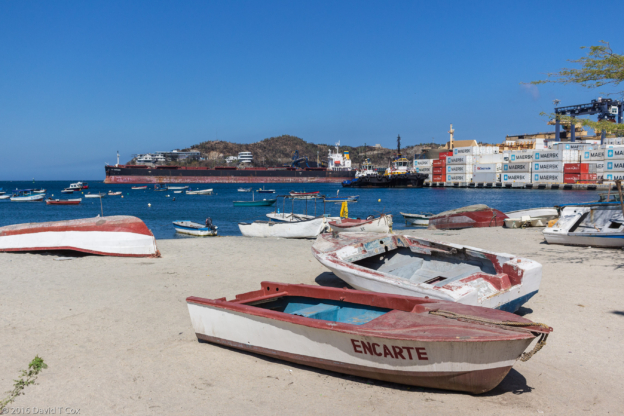
-
along malecon, Santa Marta, Caribbean, Colombia
-

-
Taganga, Caribbean, Colombia
-
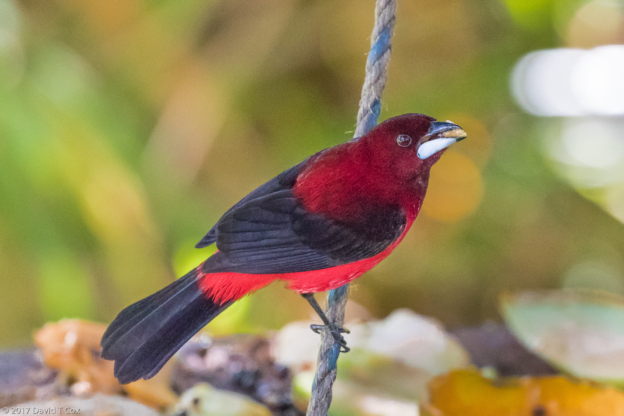
-
Crimson-backed Tanager, Hotel La Casona, Minca, Caribbean, Colombia
-
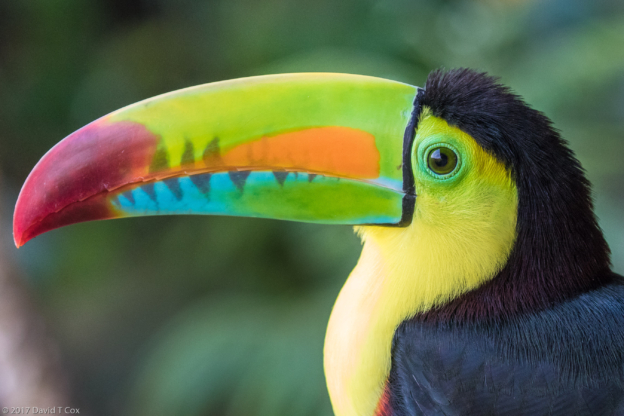
-
Keel-billed Toucan, Hotel La Casona, Minca, Caribbean, Colombia
-

-
Black-chested Jay, Faunal, Sebastian’s place at Pozo Azul, Minca, Colombia
-
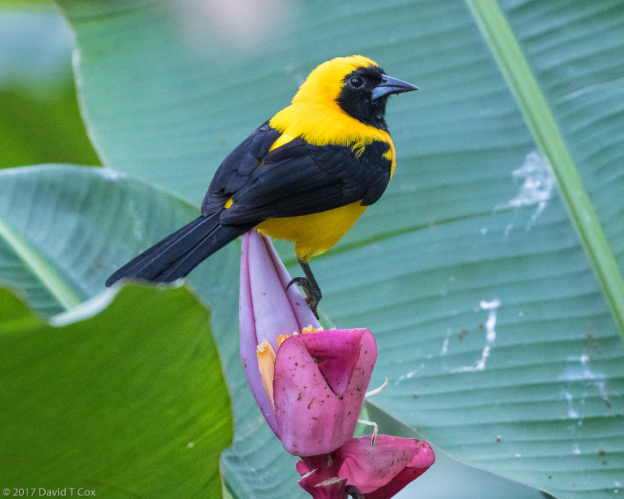
-
Yellow-backed Oriole, Faunal, Sebastian’s place at Pozo Azul, Minca, Colombia
-
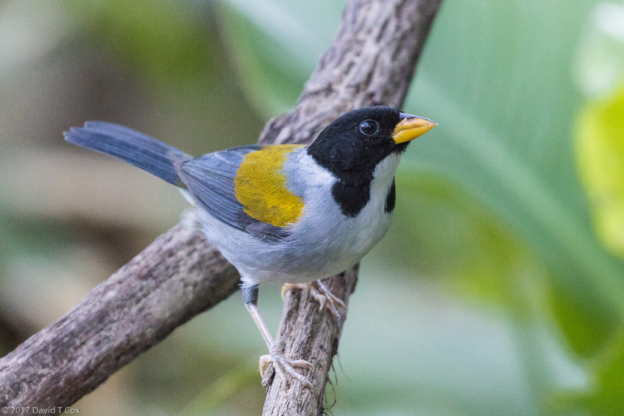
-
Golden-winged Sparrow, endemic, Faunal, Sebastian’s place at Pozo Azul, Minca, Colombia
-
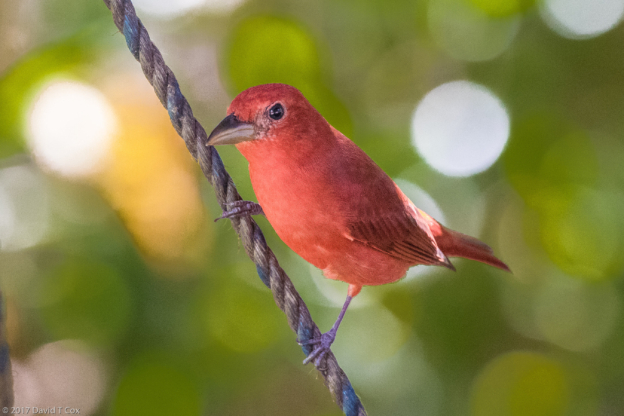
-
Hepatic Tanager, Hotel La Casona, Minca, Caribbean, Colombia
-
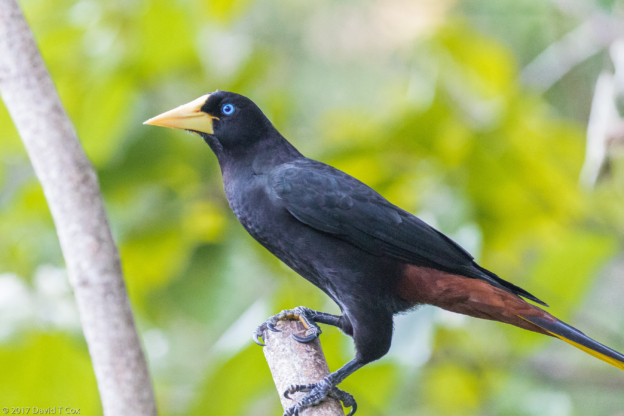
-
Crested Oropendula, Faunal, Sebastian’s place at Pozo Azul, Minca, Colombia
-
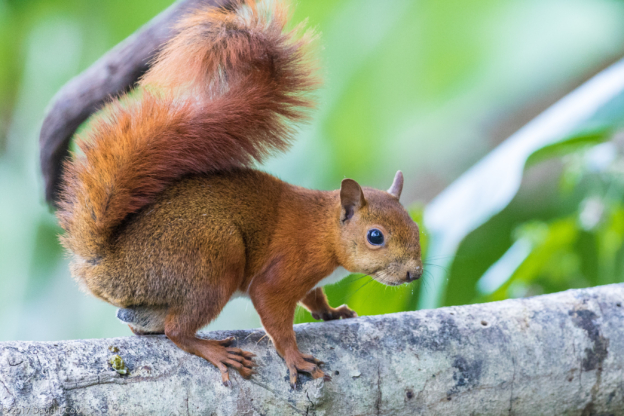
-
Red-tailed Squirrel, Faunal, Sebastian’s place at Pozo Azul, Minca, Colombia
-
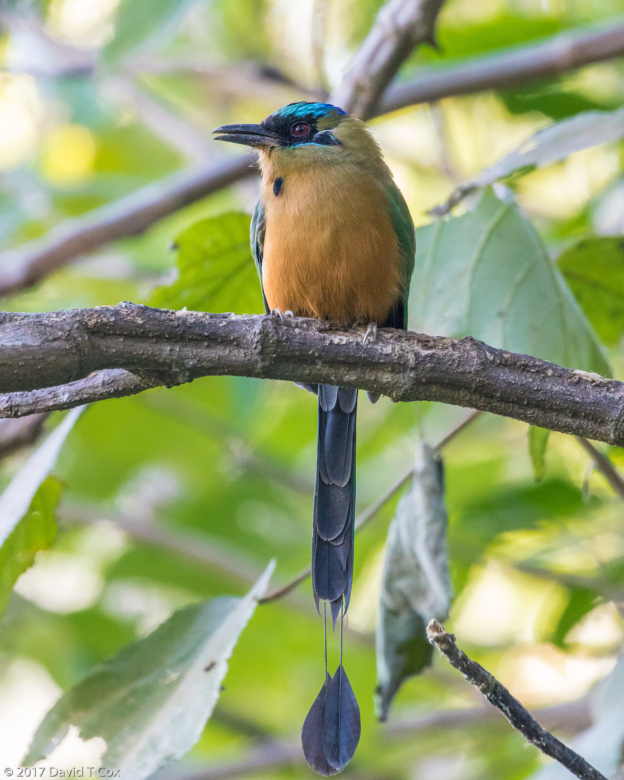
-
Whooping Motmot, Faunal, Sebastian’s place at Pozo Azul, Minca, Colombia
-
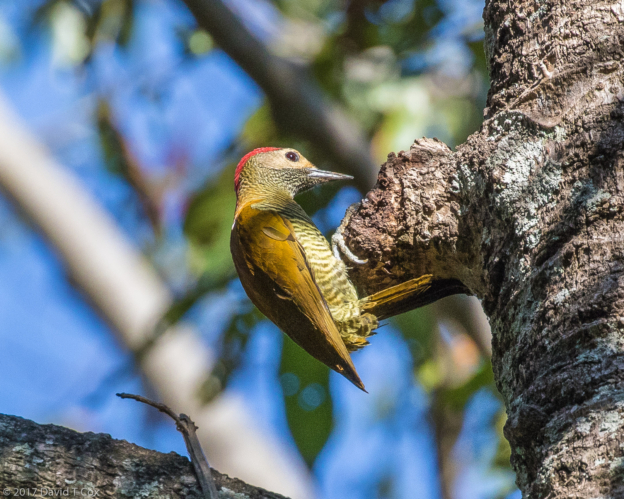
-
Golden-olive Woodpecker, Faunal, Sebastian’s place at Pozo Azul, Minca, Colombia
-
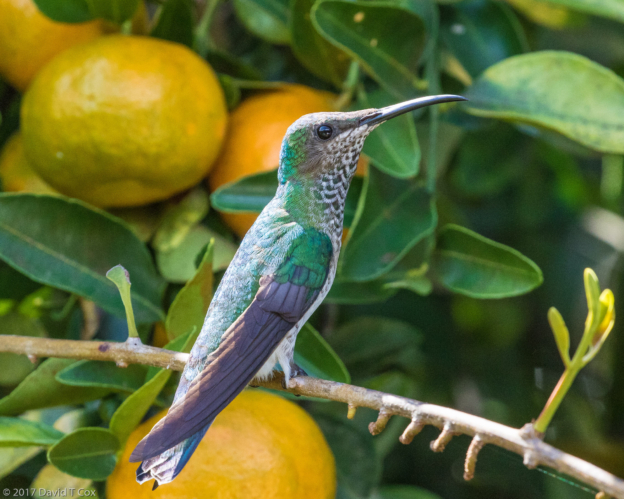
-
White-necked Jacobin female, Hotel La Casona, Minca, Colombia
-
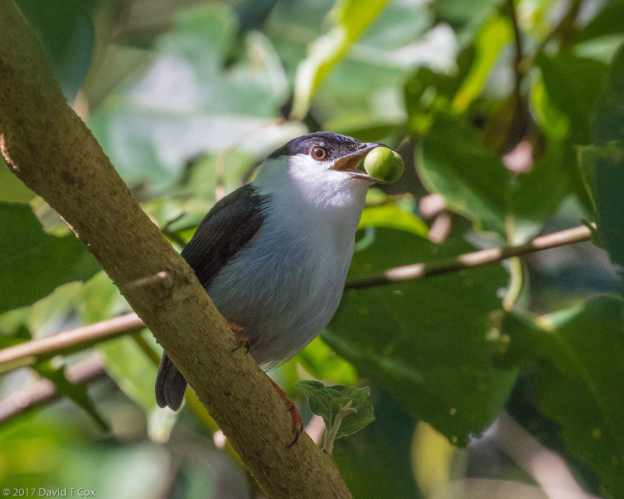
-
White-bearded Manakin, Faunal, Sebastian’s place at Pozo Azul, Minca, Colombia
-

-
Swallow Tanager, sendero near Minca, Colombia
-
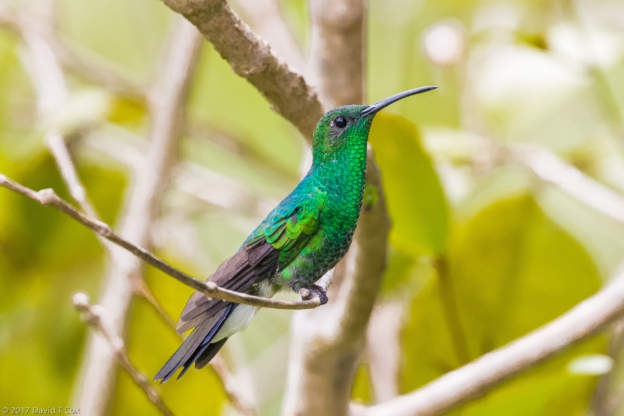
-
White-vented Plumeleteer, Hotel La Casona, Minca, Colombia
-

-
Collared Aracari, Hotel La Casona, Minca, Colombia
-

-
Rufous-tailed Hummingbird, Hotel La Casona, Minca, Colombia
-

-
Rufous-capped Warbler, road from Pozo Azul to Finca La Victoria, Minca, Colombia
-
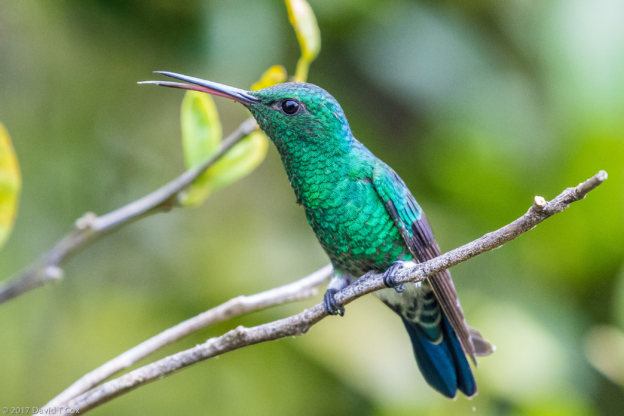
-
Steely-vented Hummingbird, Hotel La Casona, Minca, Caribbean, Colombia
-
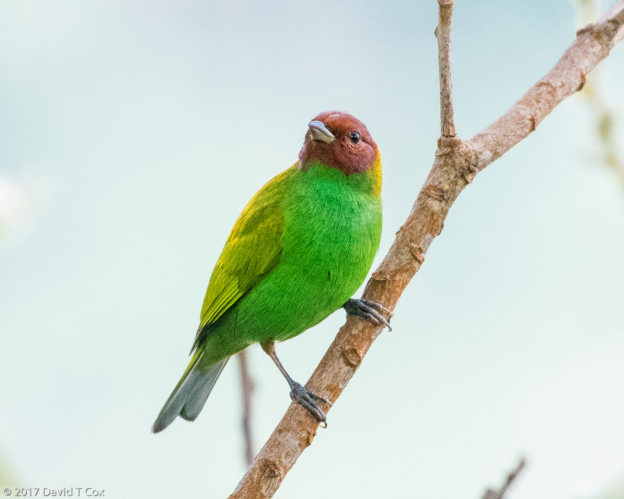
-
Bay-headed Tanager, Road by Rio Marinca above Minca, Colombia
-

-
Rio Marinca sendero above Minca, Colombia
-
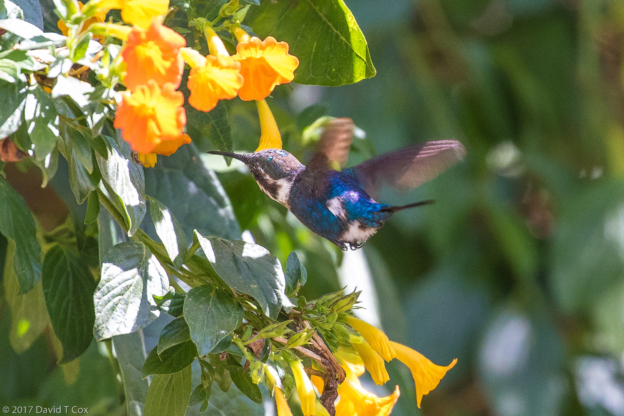
-
Santa Marta Woodstar, endemic, La Tienda, Road to El Dorado, Sierra Madre de Santa Marta, Colombia
-
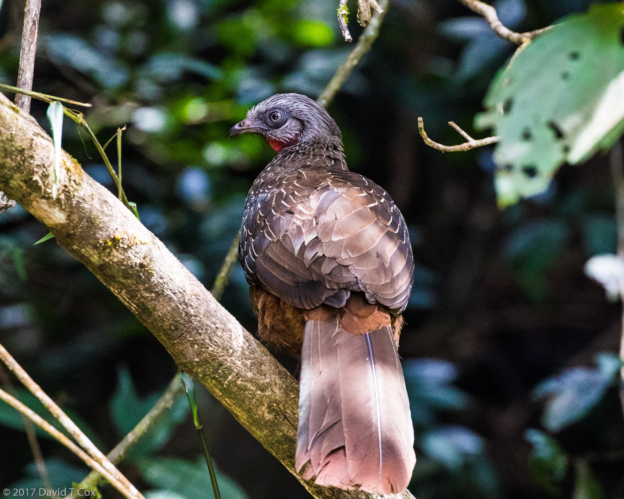
-
Band-tailed Guan, El Dorado, Sierra Nevada de Santa Marta, Colombia
-
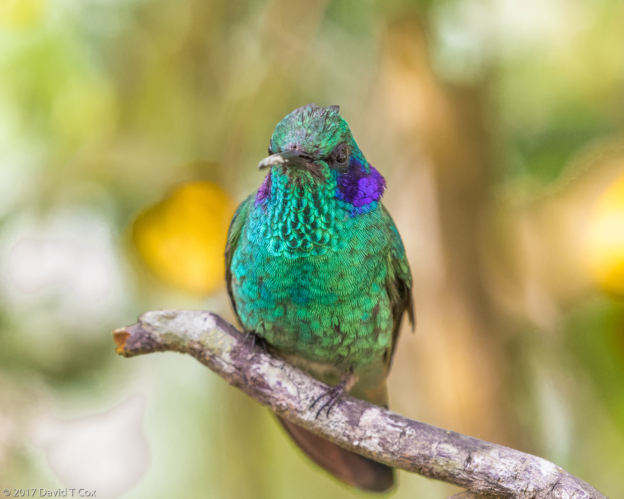
-
Lesser Violetear (fka Green Violetear), El Dorado, Sierra Nevada de Santa Marta, Colombia
-
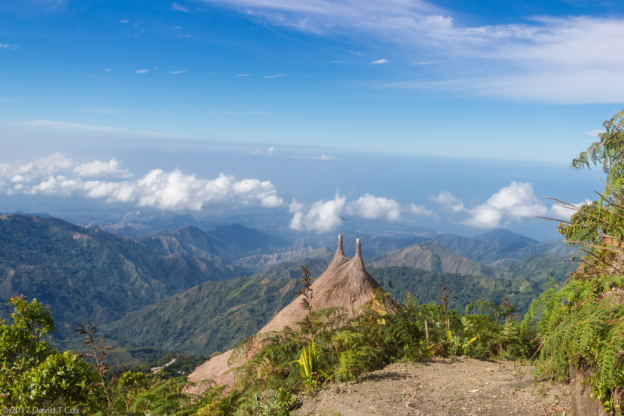
-
view from sendero to La Cumbre, El Dorado, Sierra Nevada de Santa Marta, Colombia
-

-
Sparkling Violetear, El Dorado, Sierra Nevada de Santa Marta, Colombia
-
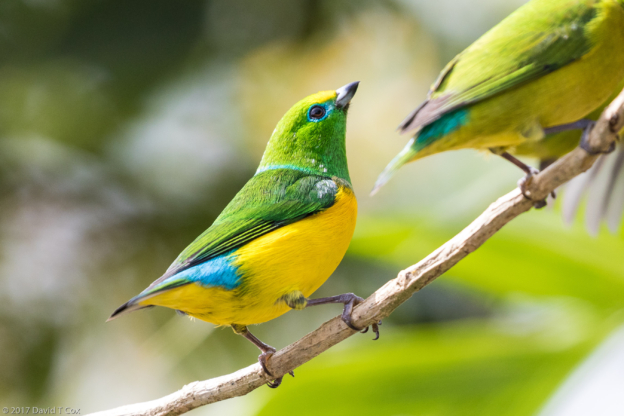
-
Blue-naped Chlorophonia, La Tienda, Road to El Dorado, Colombia
-

-
sendero to La Cumbre, El Dorado, Sierra Nevada de Santa Marta, Colombia
-

-
Cinnamon Flycatcher, sendero to La Cumbre, El Dorado, Sierra Nevada de Santa Marta, Colombia
-
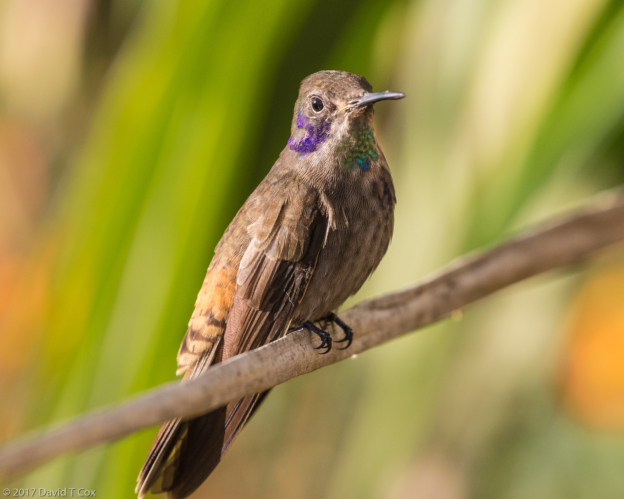
-
Brown Violetear, El Dorado, Sierra Nevada de Santa Marta, Colombia
-

-
Santa Marta Brushfinch, endemic, El Dorado, Sierra Nevada de Santa Marta, Colombia
-
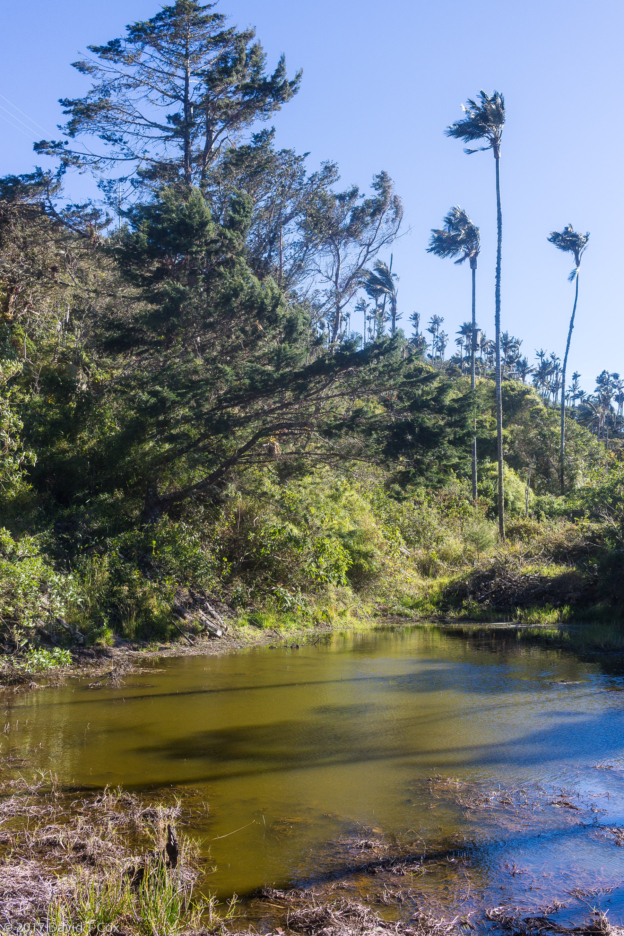
-
Laguna Sagrada, from Mt Kennedy above El Dorado, Sierra Nevada de Santa Marta, Colombia
-
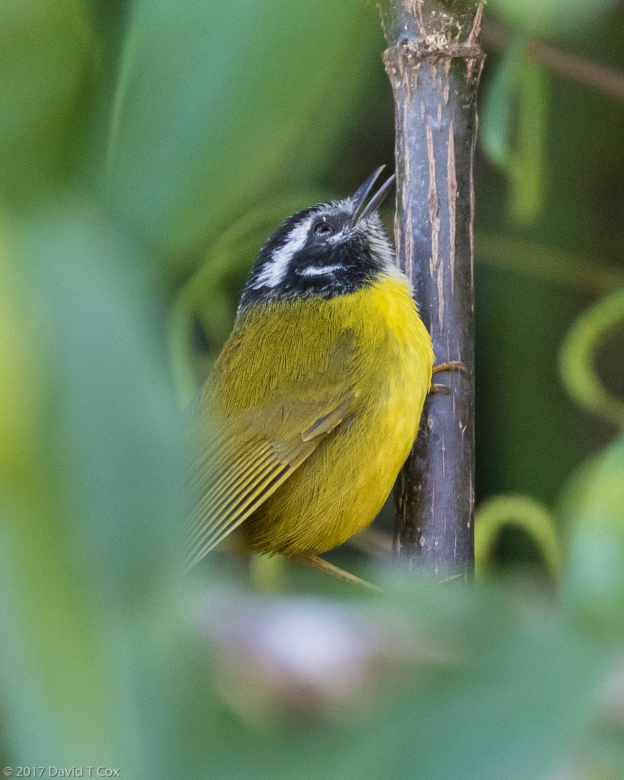
-
Santa Marta Warbler, endemic, San Lorenzo above El Dorado, Sierra Nevada de Santa Marta, Colombia
-

-
Santa Marta Wood-Wren, endemic, San Lorenzo above El Dorado, Sierra Nevada de Santa Marta, Colombia
-

-
White-lored Warbler, endemic, San Lorenzo above El Dorado, Sierra Nevada de Santa Marta, Colombia
-
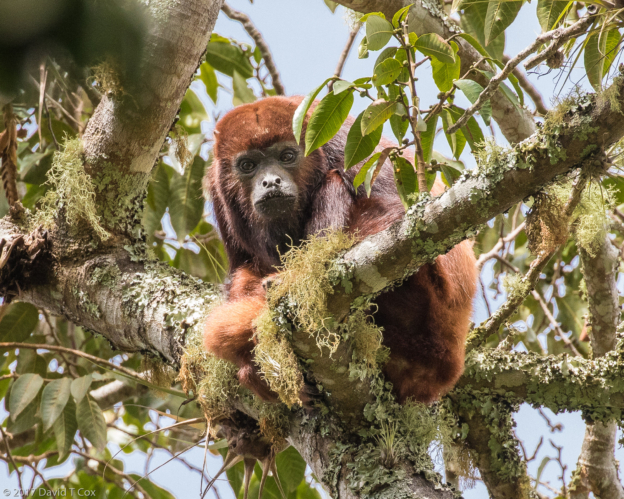
-
Red Howler Monkey, San Lorenzo above El Dorado, Sierra Nevada de Santa Marta, Colombia
-
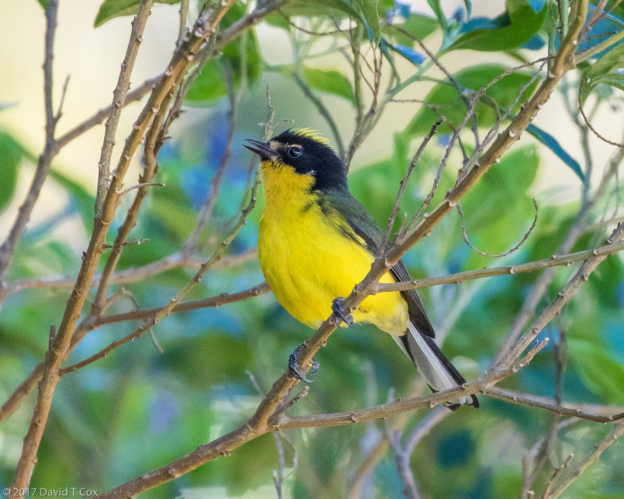
-
Yellow-crowned Whitestart, endemic, San Lorenzo above El Dorado, Sierra Nevada de Santa Marta, Colombia
-
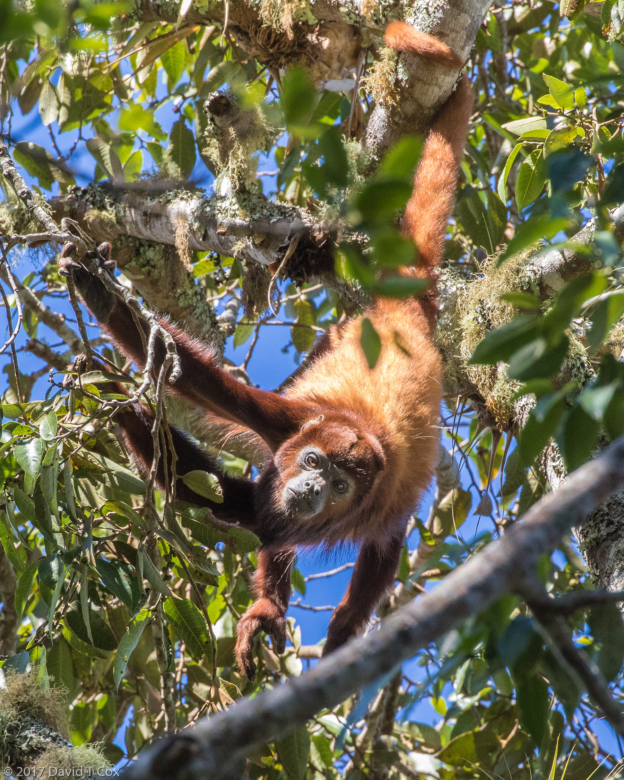
-
Red Howler Monkey, San Lorenzo above El Dorado, Sierra Nevada de Santa Marta, Colombia
-
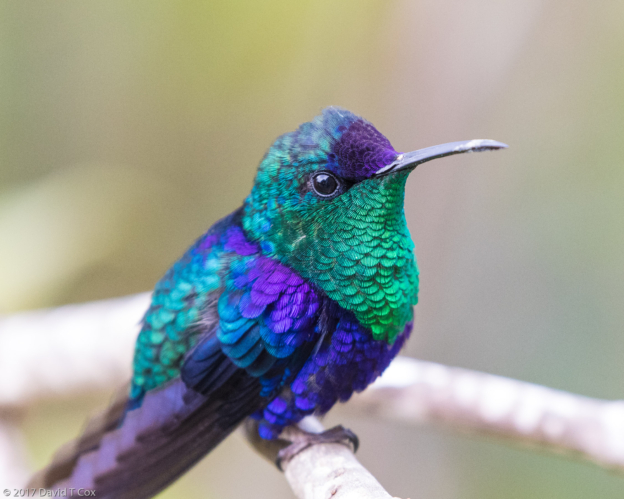
-
Violet-crowned Woodnymph, El Dorado, Sierra Nevada de Santa Marta, Colombia
-
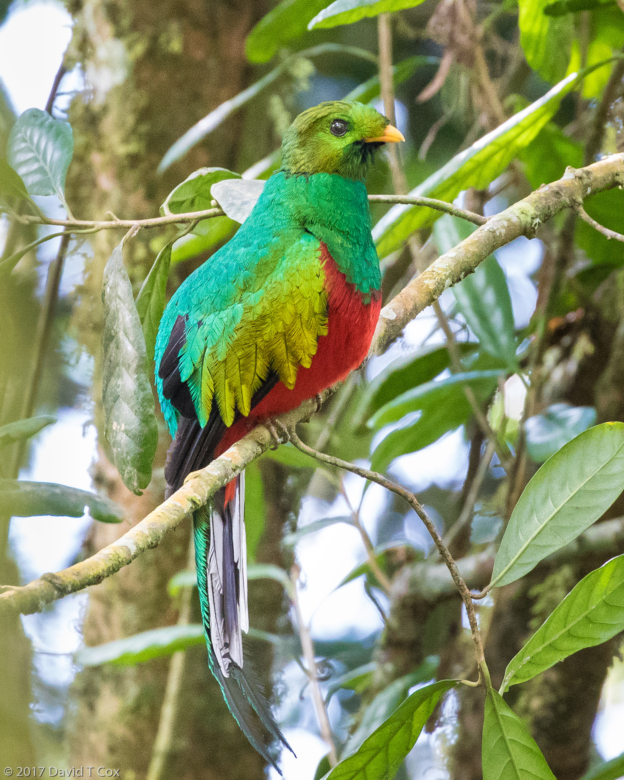
-
White-tipped Quetzal, El Dorado, Sierra Nevada de Santa Marta, Colombia
-

-
Emerald Toucanet (now known as Santa Marta Toucanet) El Dorado Lodge, Sierra Nevada de Santa Marta, Colombia
-
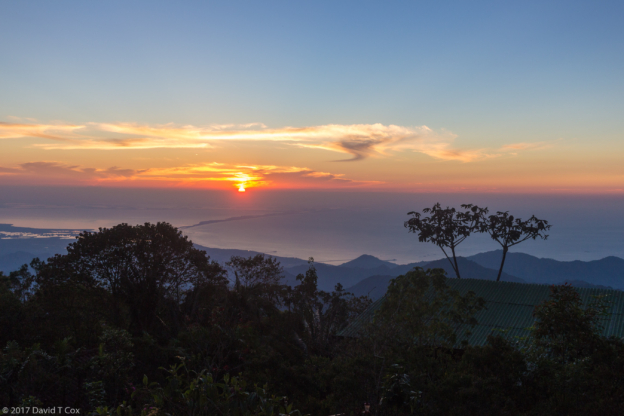
-
sunset over Cienega, El Dorado, Sierra Nevada de Santa Marta, Colombia
-
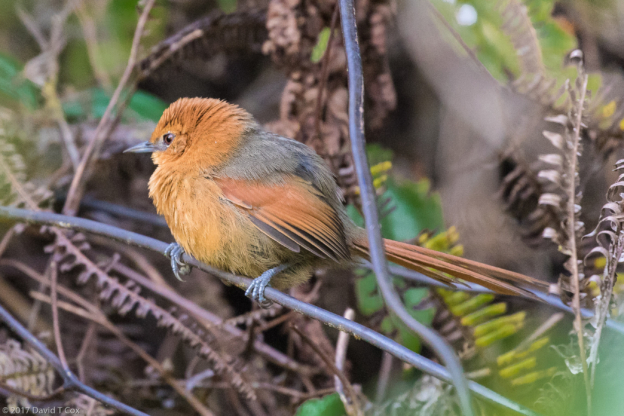
-
Rusty-headed Spinetail, endemic, San Lorenzo above El Dorado, Sierra Nevada de Santa Marta, Colombia
-

-
Black-capped Tanager, El Dorado Reserve, Sierra Nevada de Santa Marta, Colombia
-
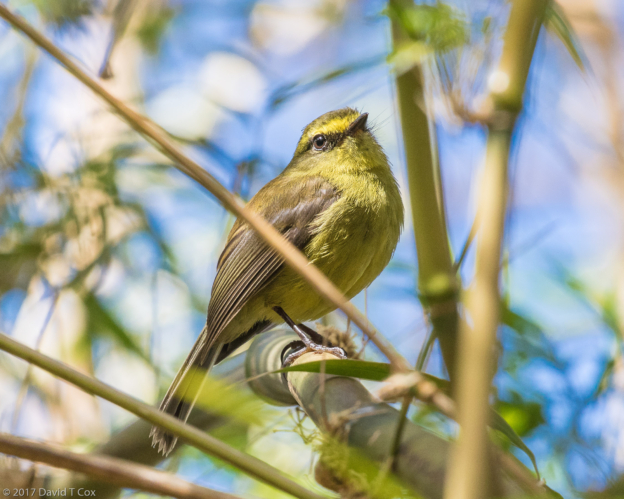
-
Yellow-bellied Chat-Tyrant, near endemic, San Lorenzo above El Dorado, Sierra Nevada de Santa Marta, Colombia
-
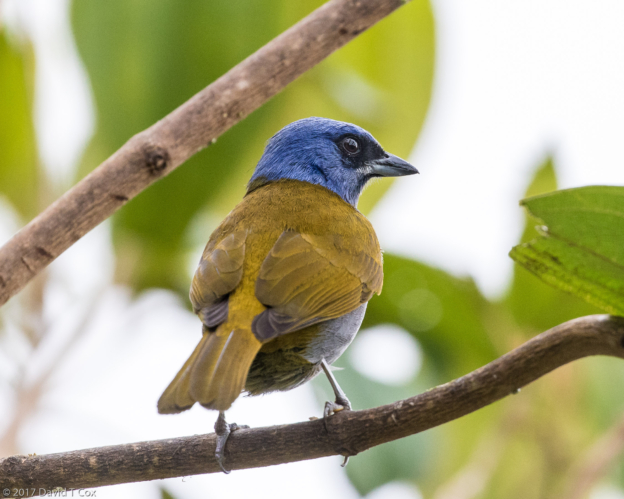
-
Blue-capped Tanager, El Dorado Reserve, Sierra Nevada de Santa Marta, Colombia
-
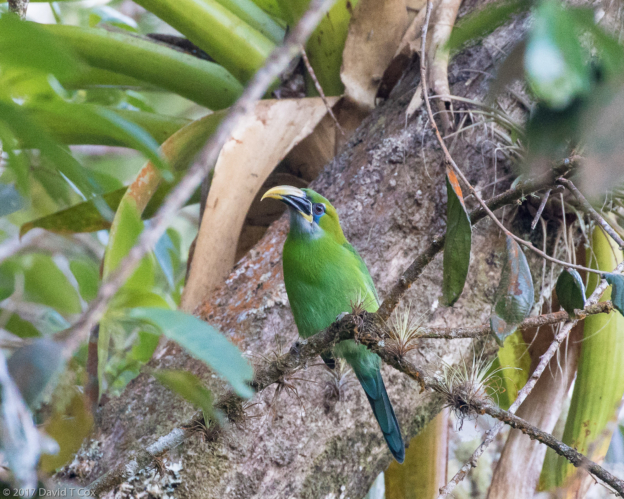
-
Groove-billed Toucanet, road below El Dorado Reserve, Sierra Nevada de Santa Marta, Colombia
-
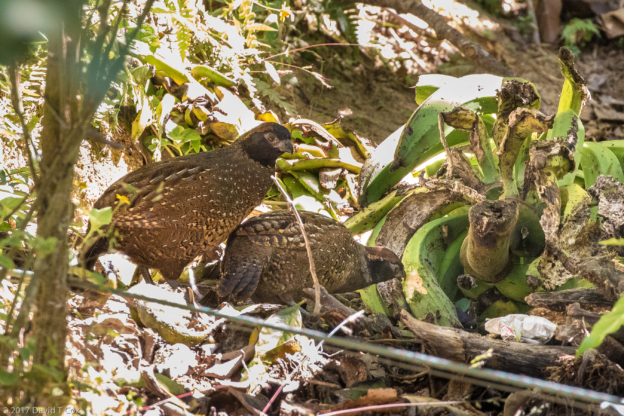
-
Black-fronted Wood Quail, La Tienda, road below El Dorado Reserve, Sierra Nevada de Santa Marta, Colombia
-
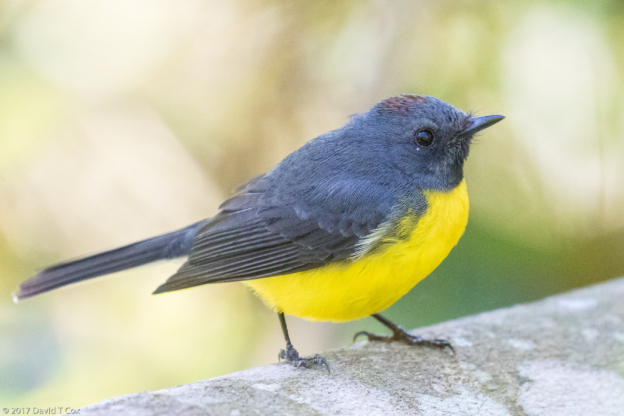
-
Slate-throated Whitestart, road below La Yue, Sierra Nevada de Santa Marta, Colombia
-
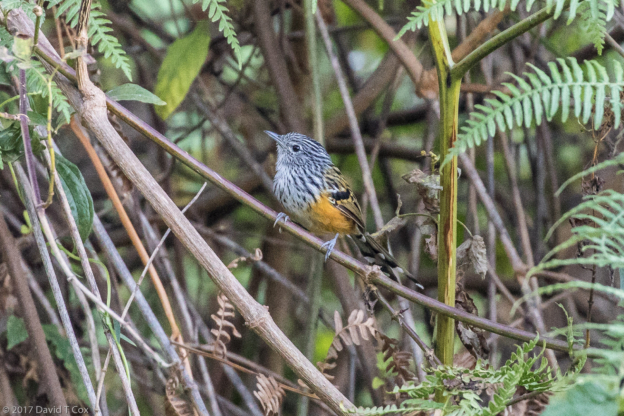
-
Santa Marta Antbird, endemic, road below La Yue, Sierra Nevada de Santa Marta, Colombia
-
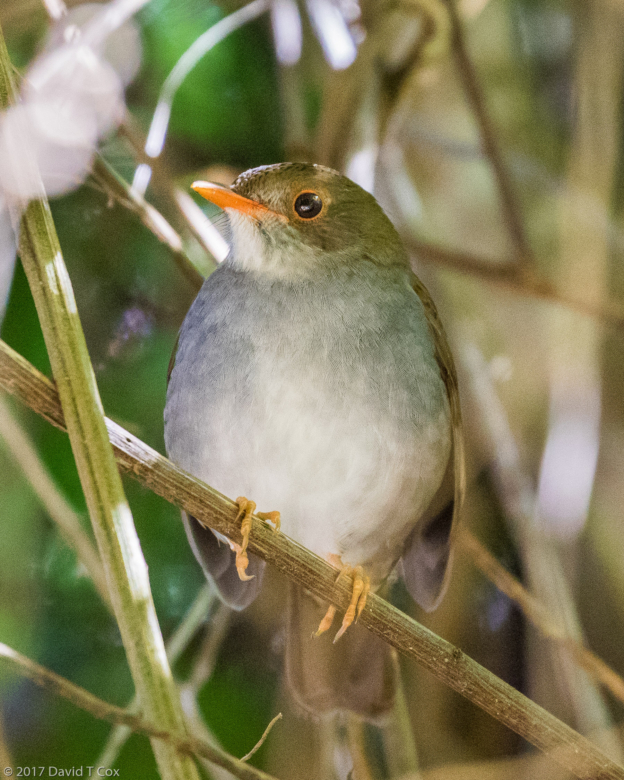
-
Orange-billed NIghtingale-Thrush, road below La Yue, Sierra Nevada de Santa Marta, Colombia
-
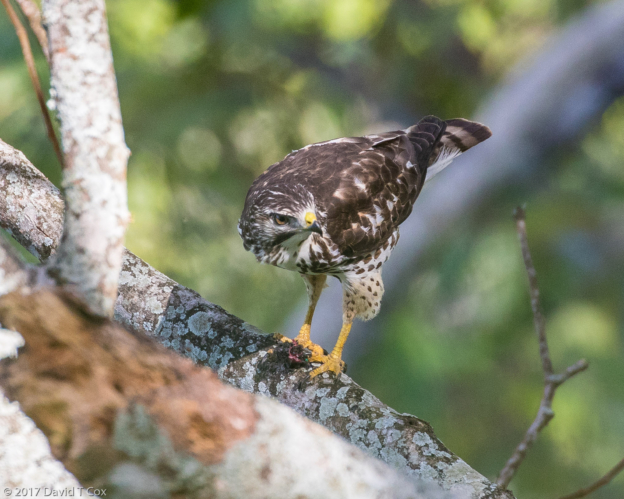
-
Broad-winged Hawk juv. with hummingbird prey, road above MInca, Sierra Nevada de Santa Marta, Colombia
-
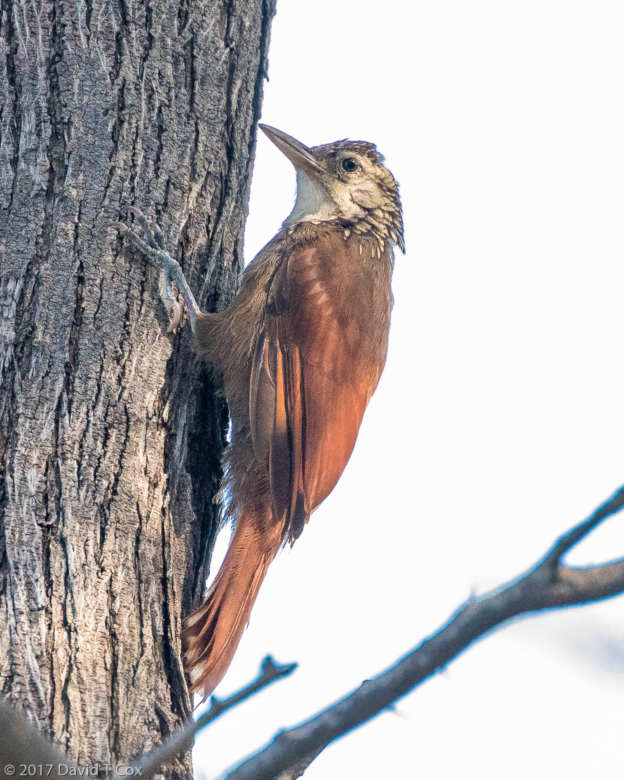
-
Straight-billed Woodcreeper, Neuguanje, edge of Tayrona NP, Caribbean, Colombia
-
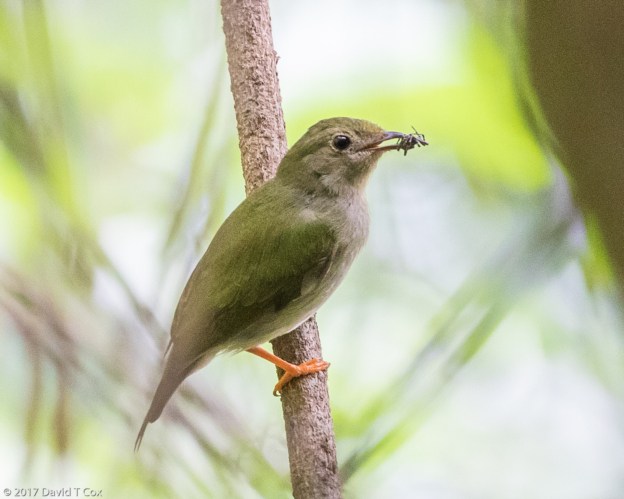
-
Lance-tailed Manakin female with spider, Rio Don Diego, Caribbean, Colombia
-
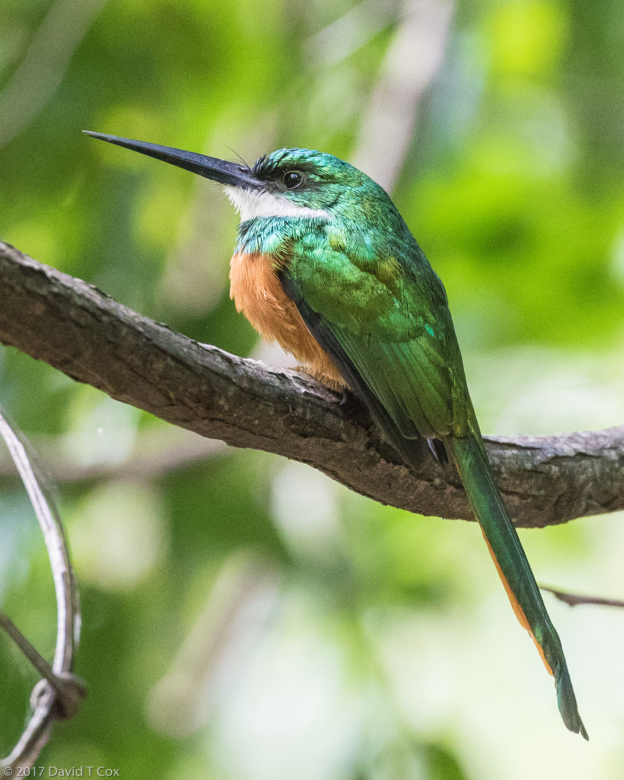
-
Rufous-tailed Jacamar, Rio Don Diego, Caribbean, Colombia
-

-
Dave with guide Sebastian, Camarones, Los Flamengos Reserva, Caribbean, Colombia
-
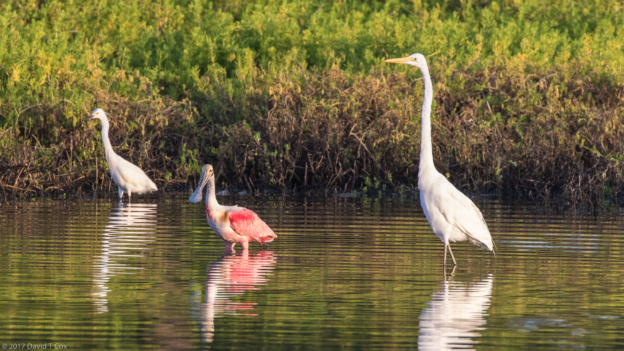
-
snowy egrest, roseate spoonbill and great egret, by hotel, Camarones, Los Flamengos Reserva, Caribbean, Colombia
-
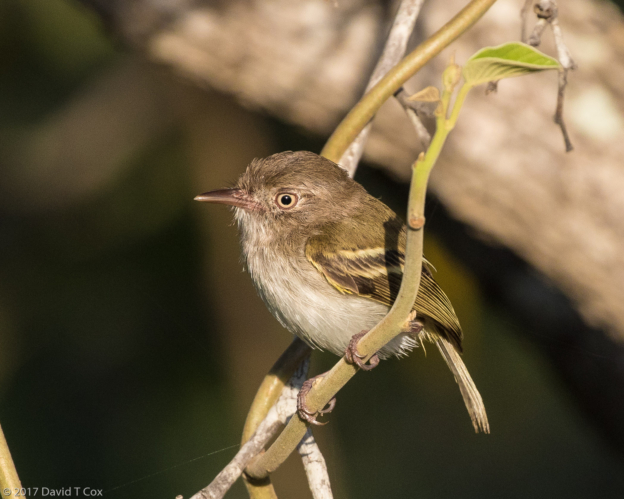
-
Pearly-vented Tody-Tyrant, Camarones, Los Flamengos Reserva, Caribbean, Colombia
-

-
Scarlet Ibis, Camarones, Los Flamengos Reserva, Caribbean, Colombia
-
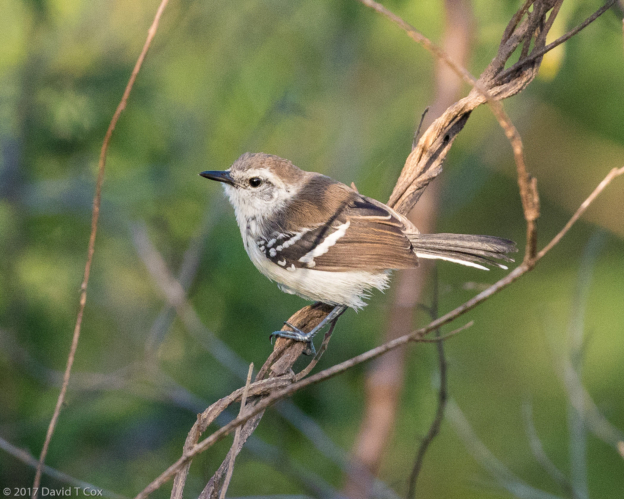
-
White-fringed Antwren female, near endemic, Camarones, Los Flamengos Reserva, Caribbean, Colombia
-
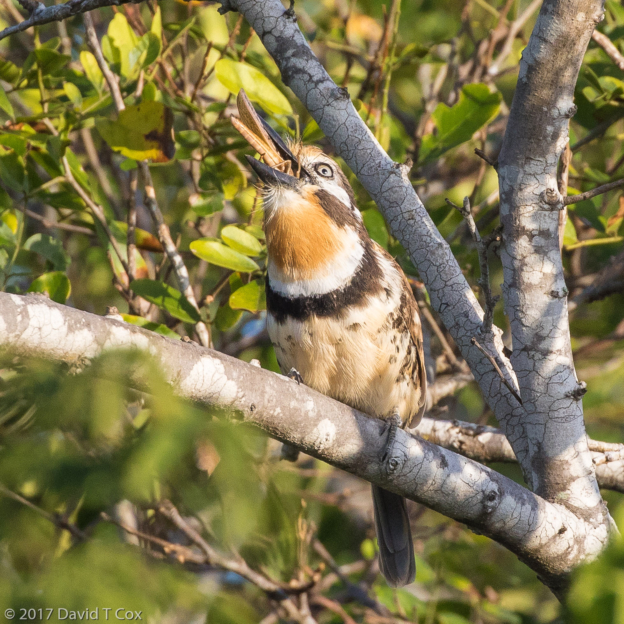
-
Russet-throated Puffbird swallows grasshopper, Camarones, Los Flamengos Reserva, Caribbean, Colombia
-
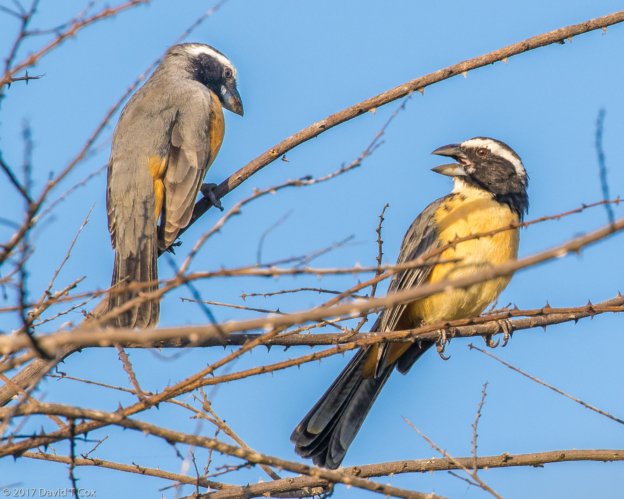
-
Orinocan Saltador, near endemic, Camarones, Los Flamengos Reserva, Caribbean, Colombia
-

-
Black-crested Antshrike female, Camarones, Los Flamengos Reserva, Caribbean, Colombia
-
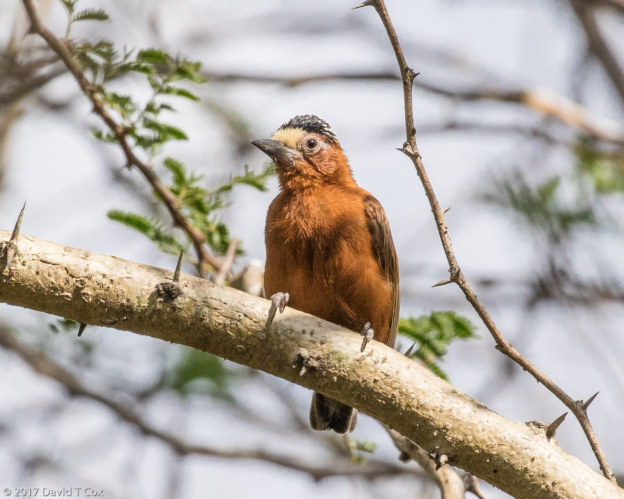
-
Chestnut Piculet, near endemic, Camarones, Los Flamengos Reserva, Caribbean, Colombia
-
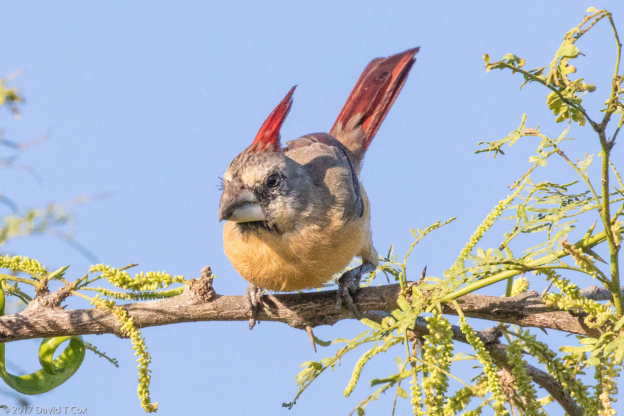
-
Vermilion Cardinal female, Camarones, Los Flamengos Reserva, Caribbean, Colombia
-
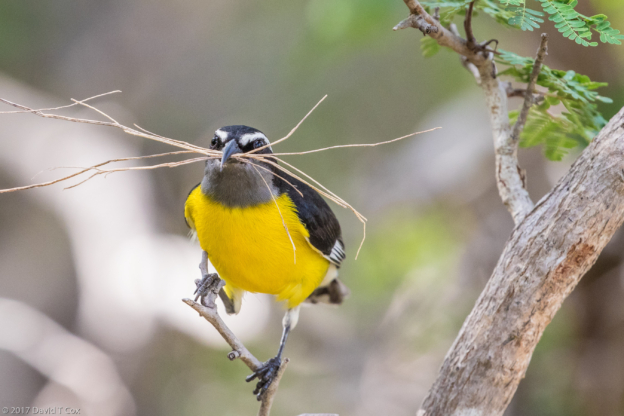
-
Bananaquit building nest, Camarones, Los Flamengos Reserva, Caribbean, Colombia

